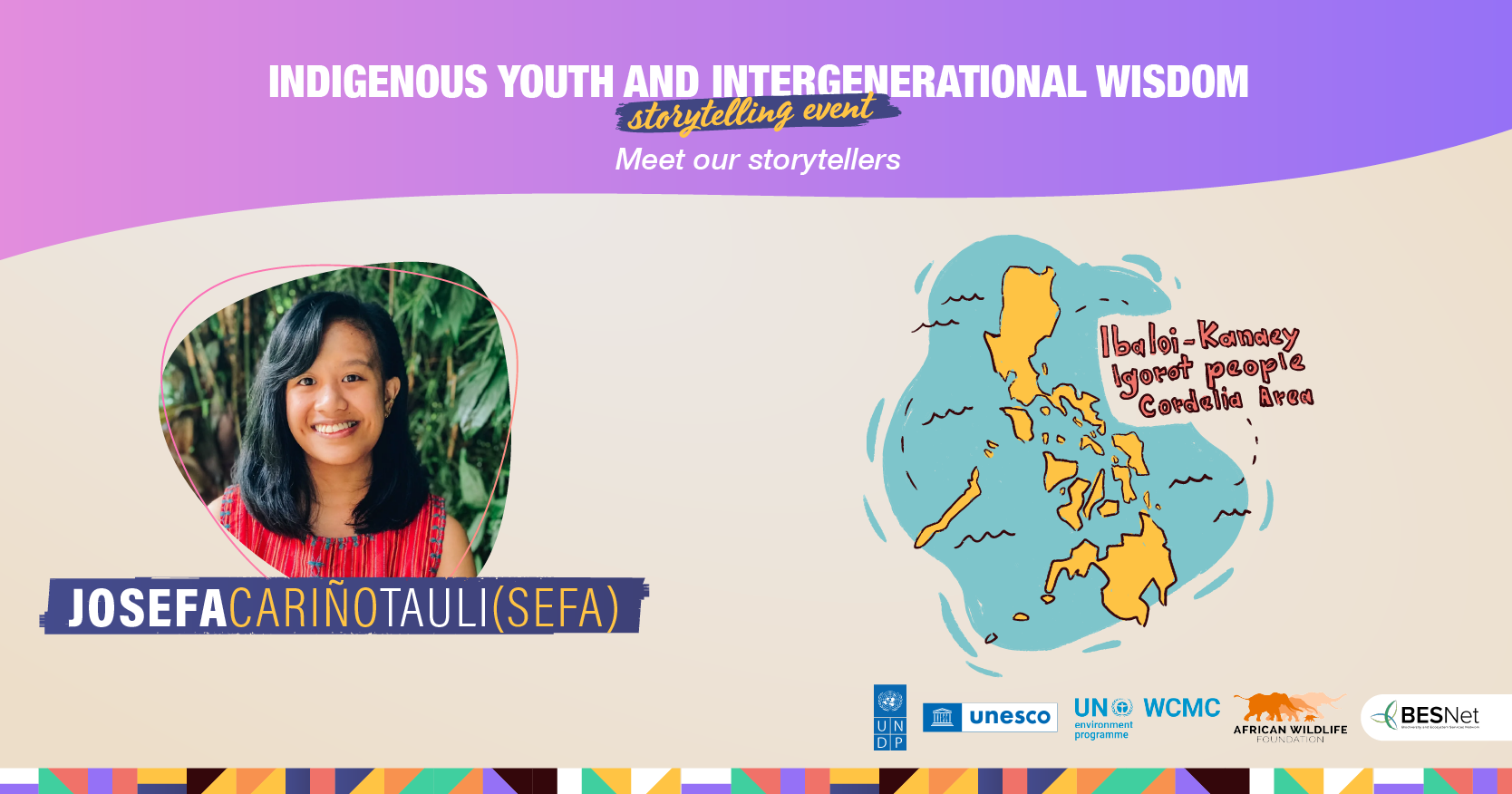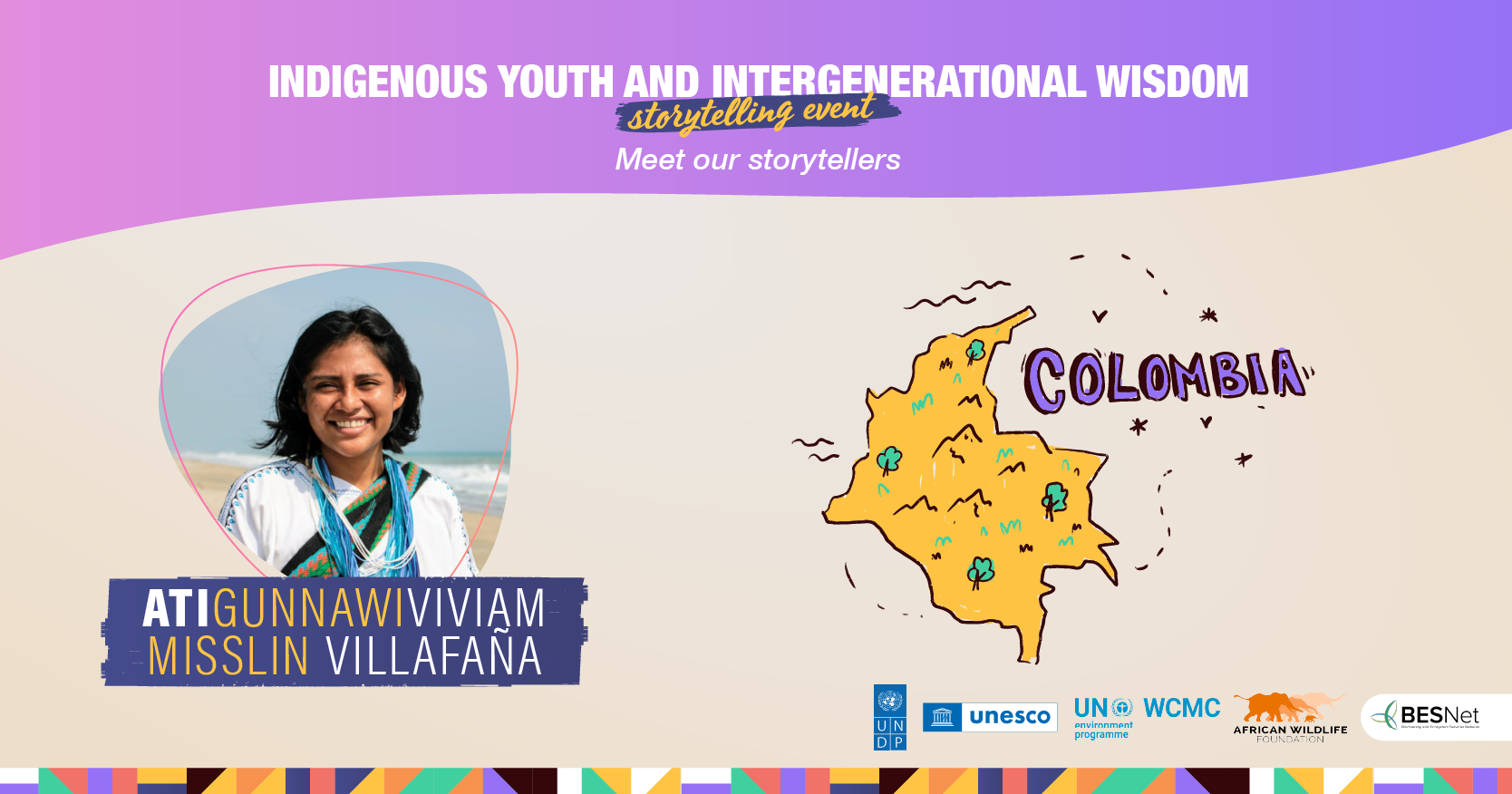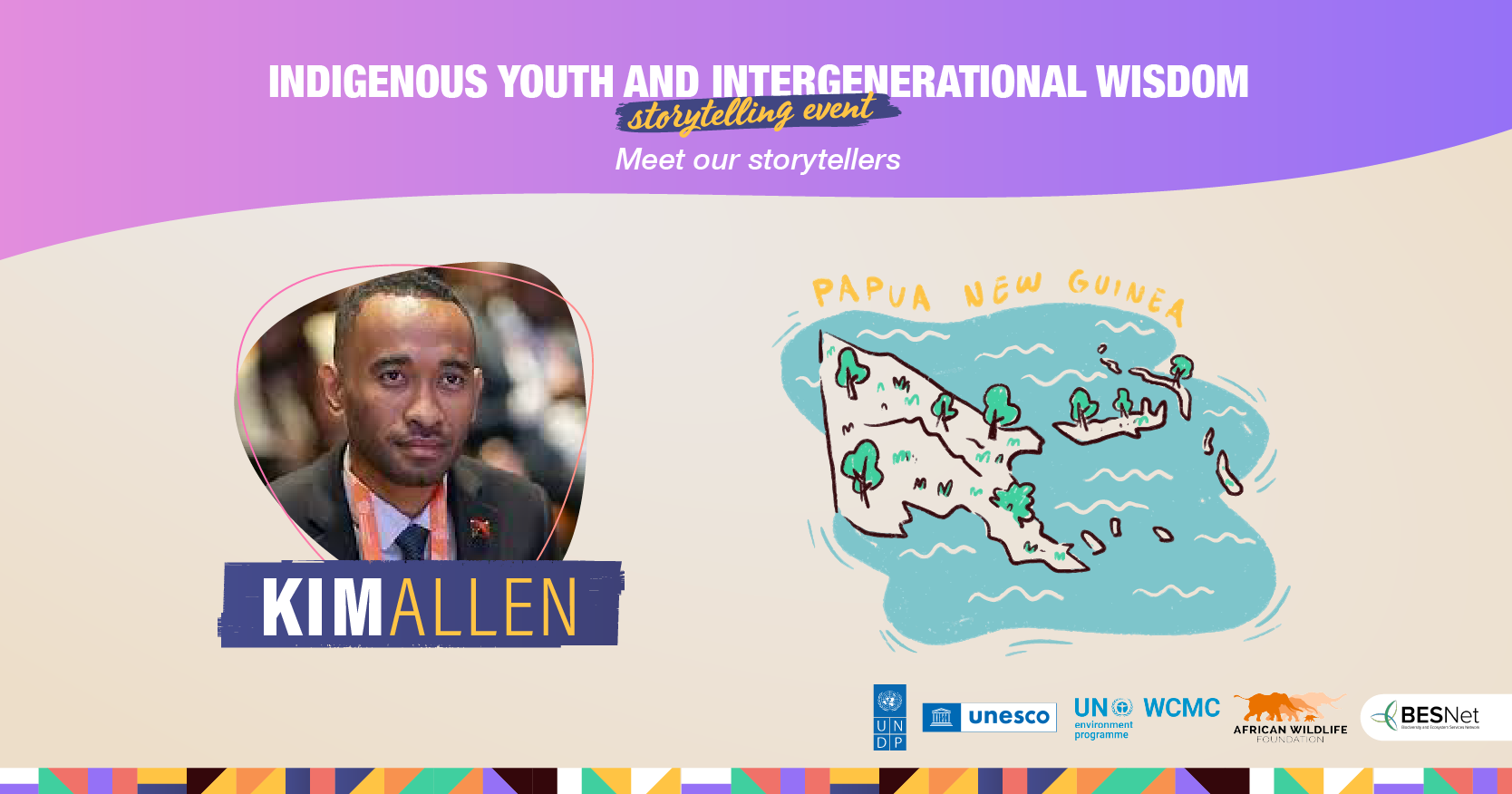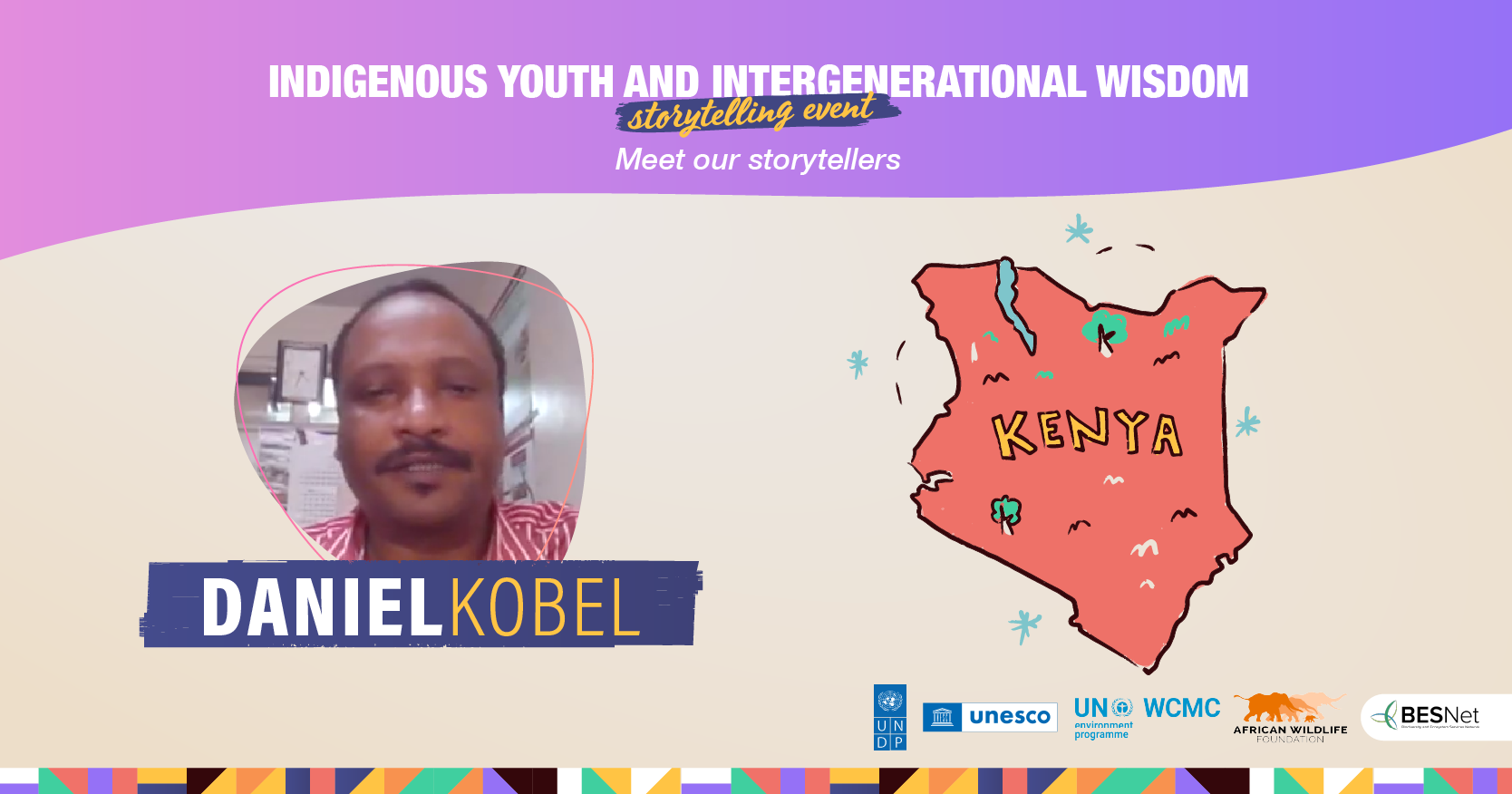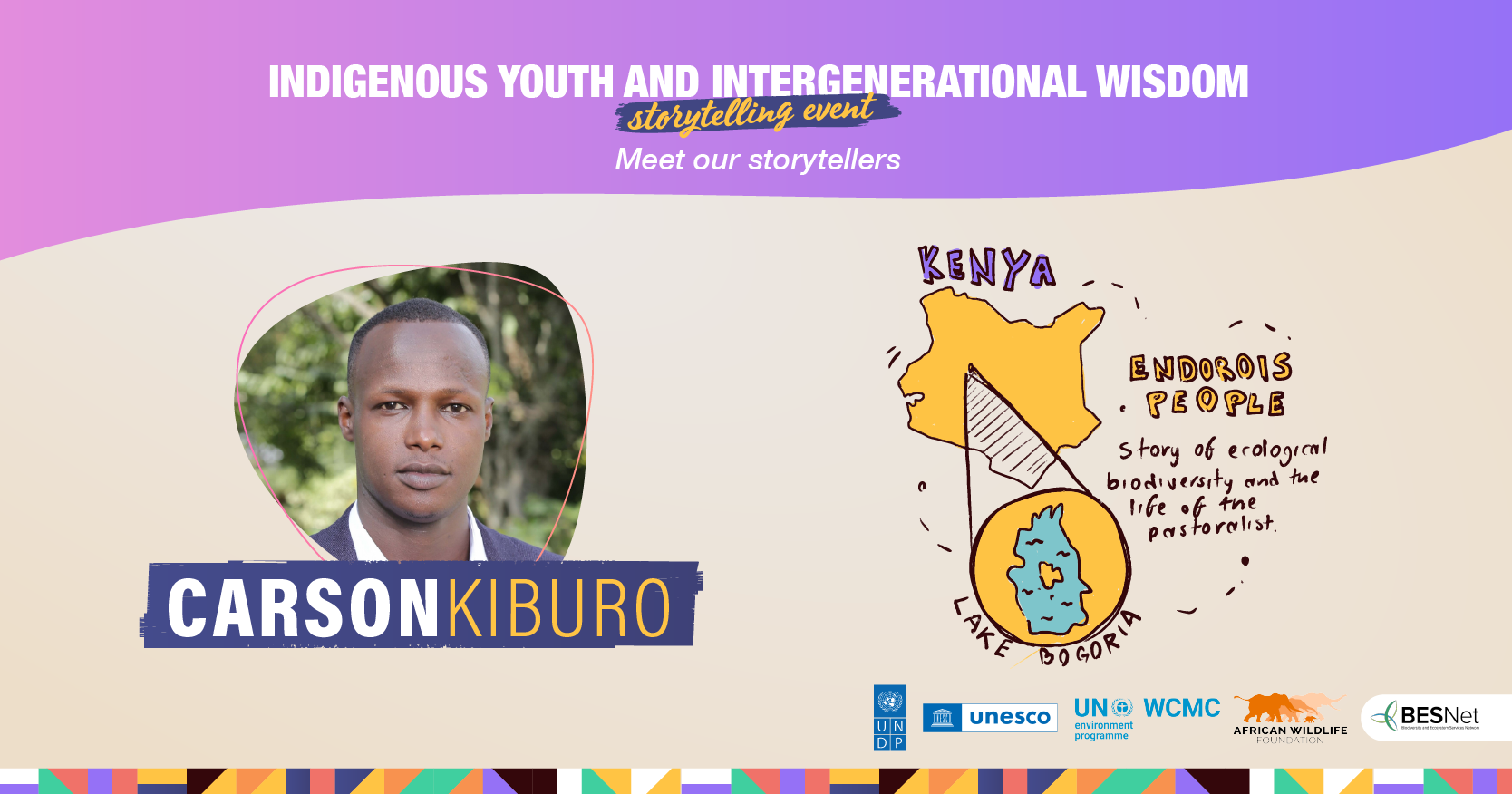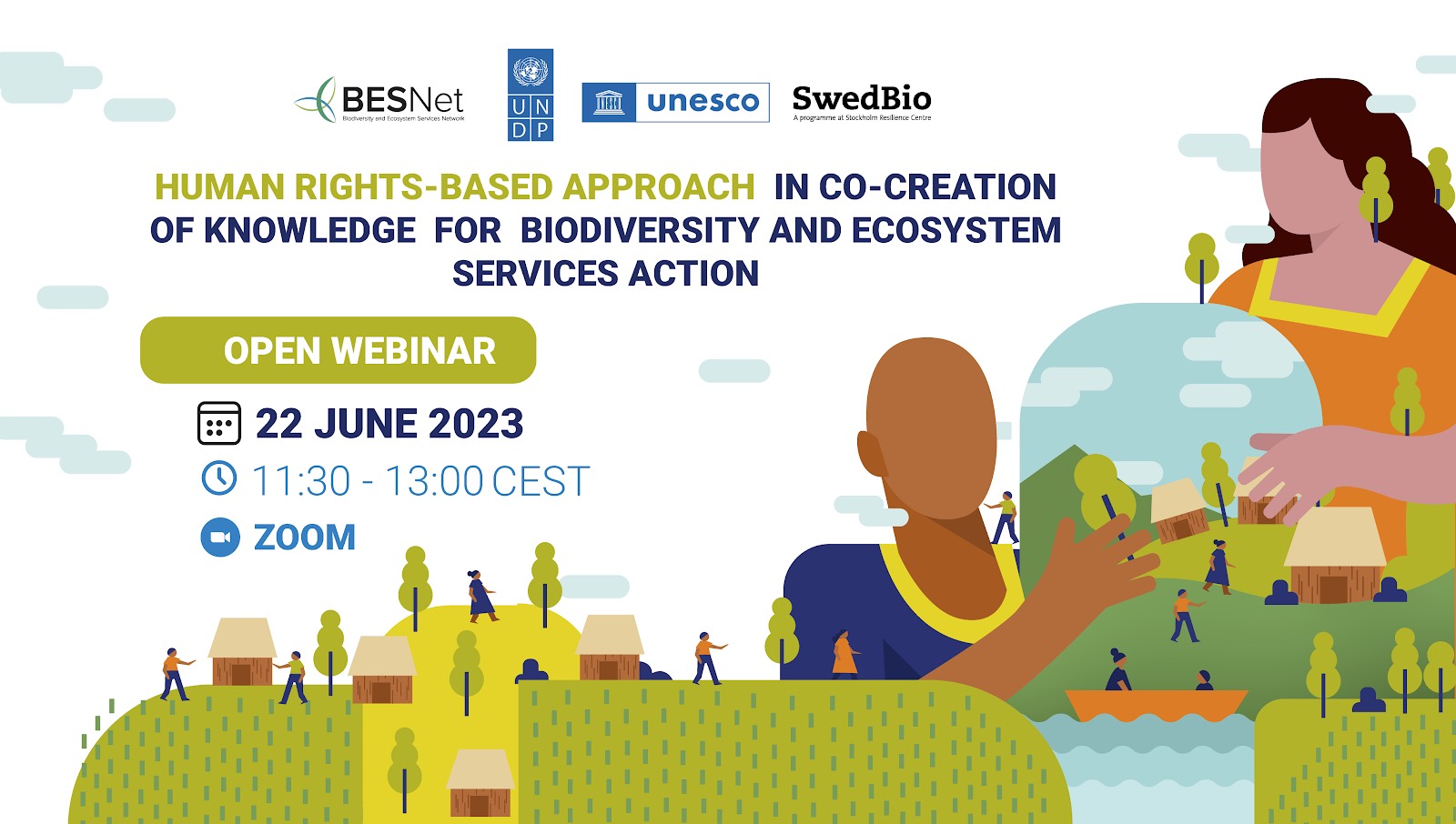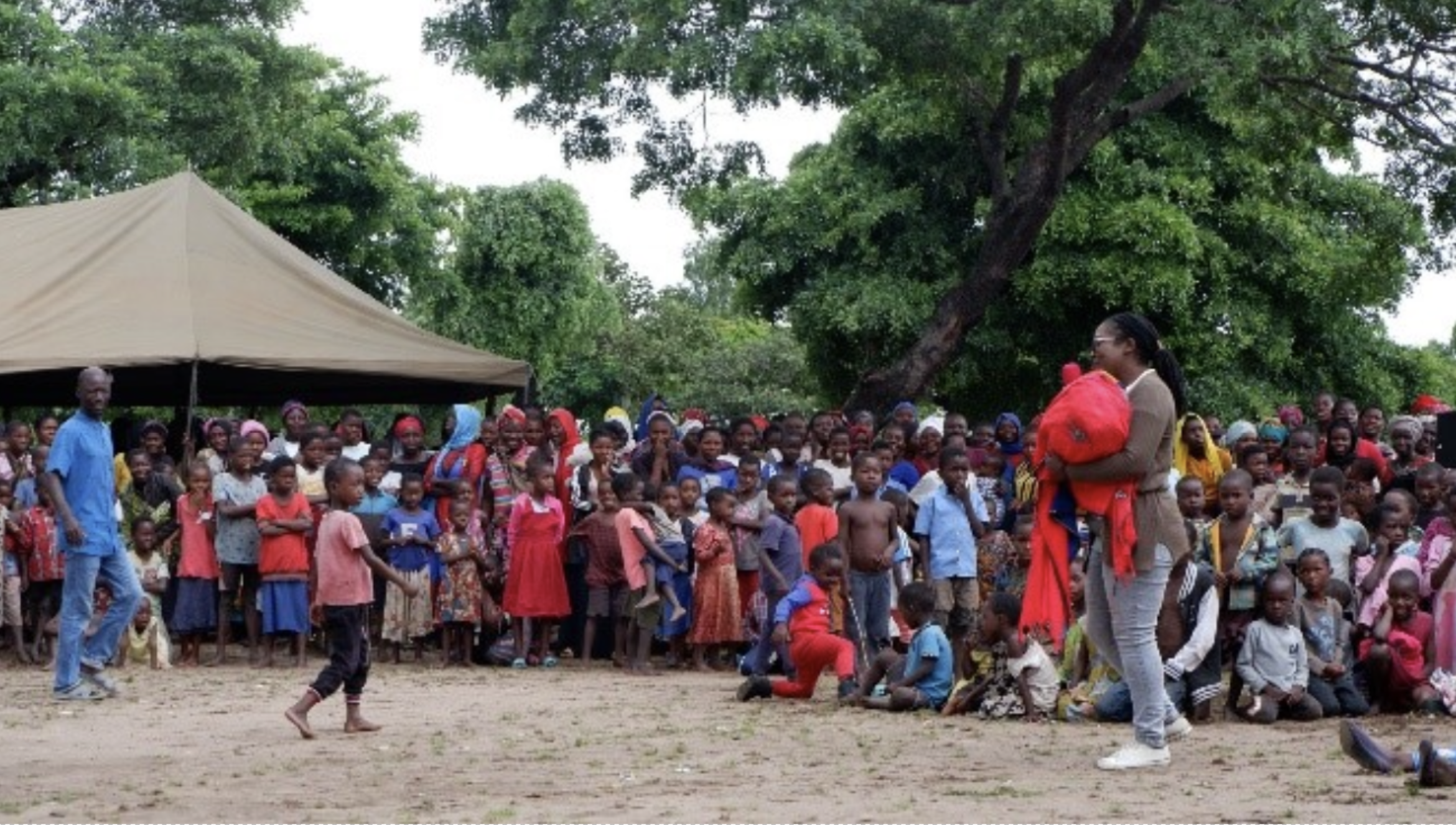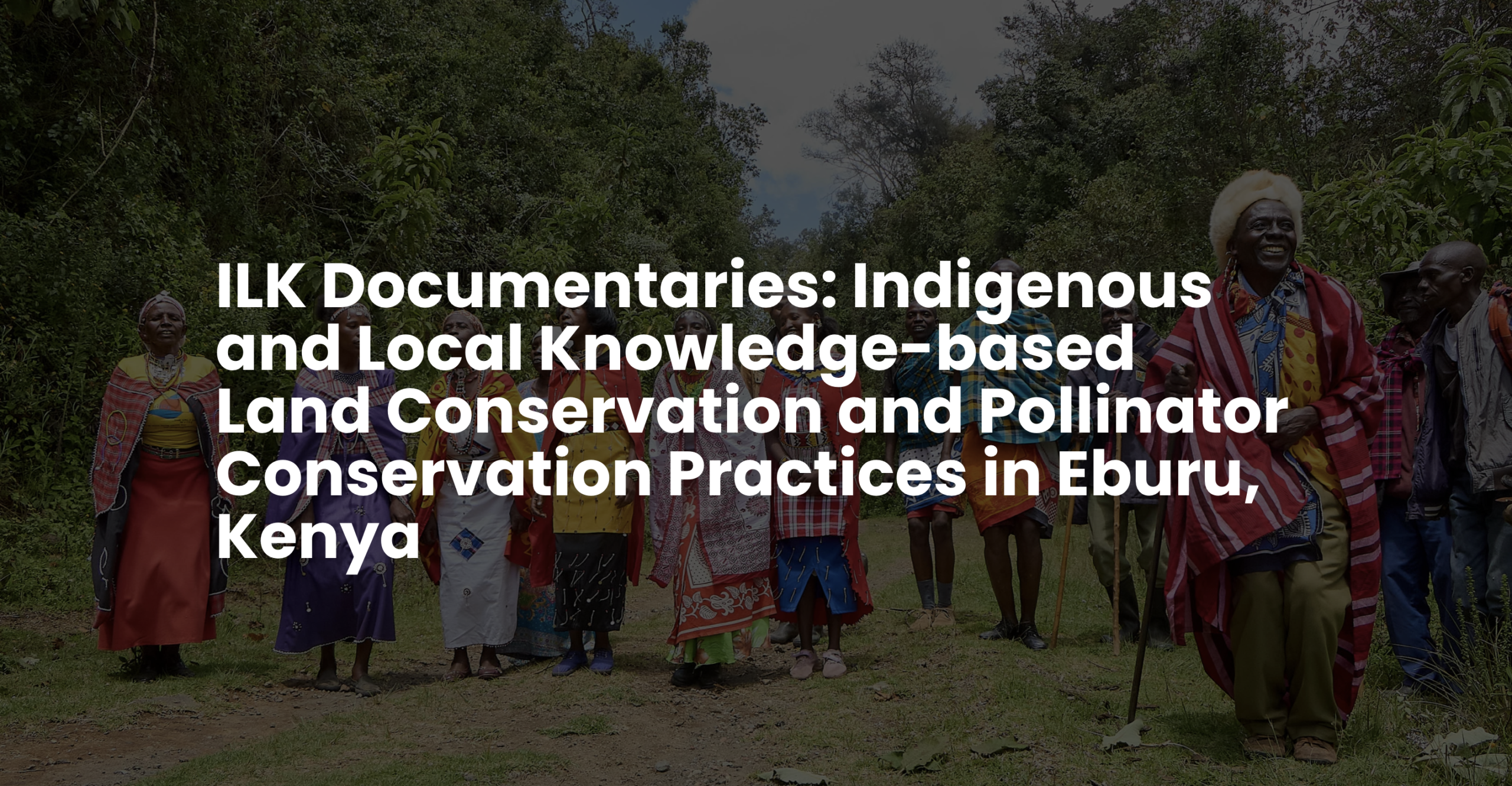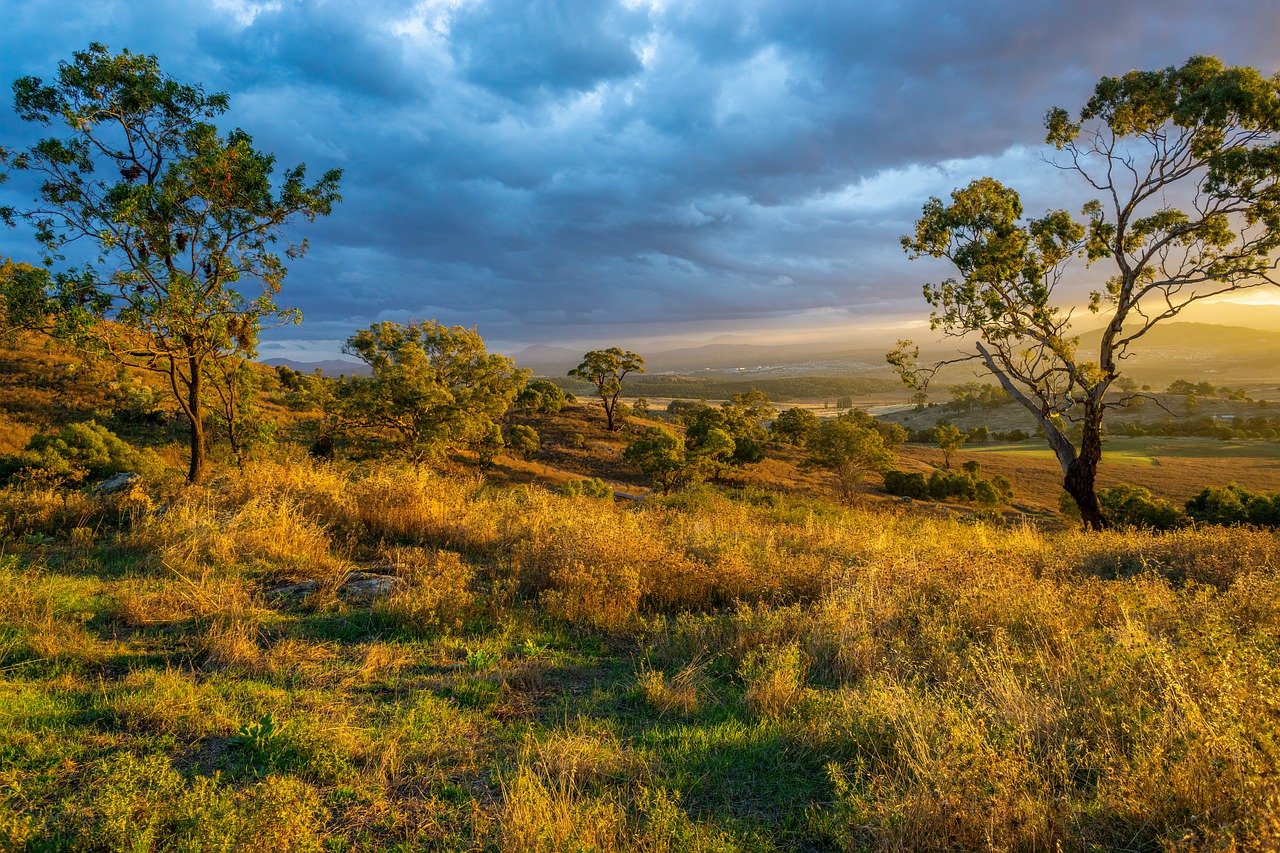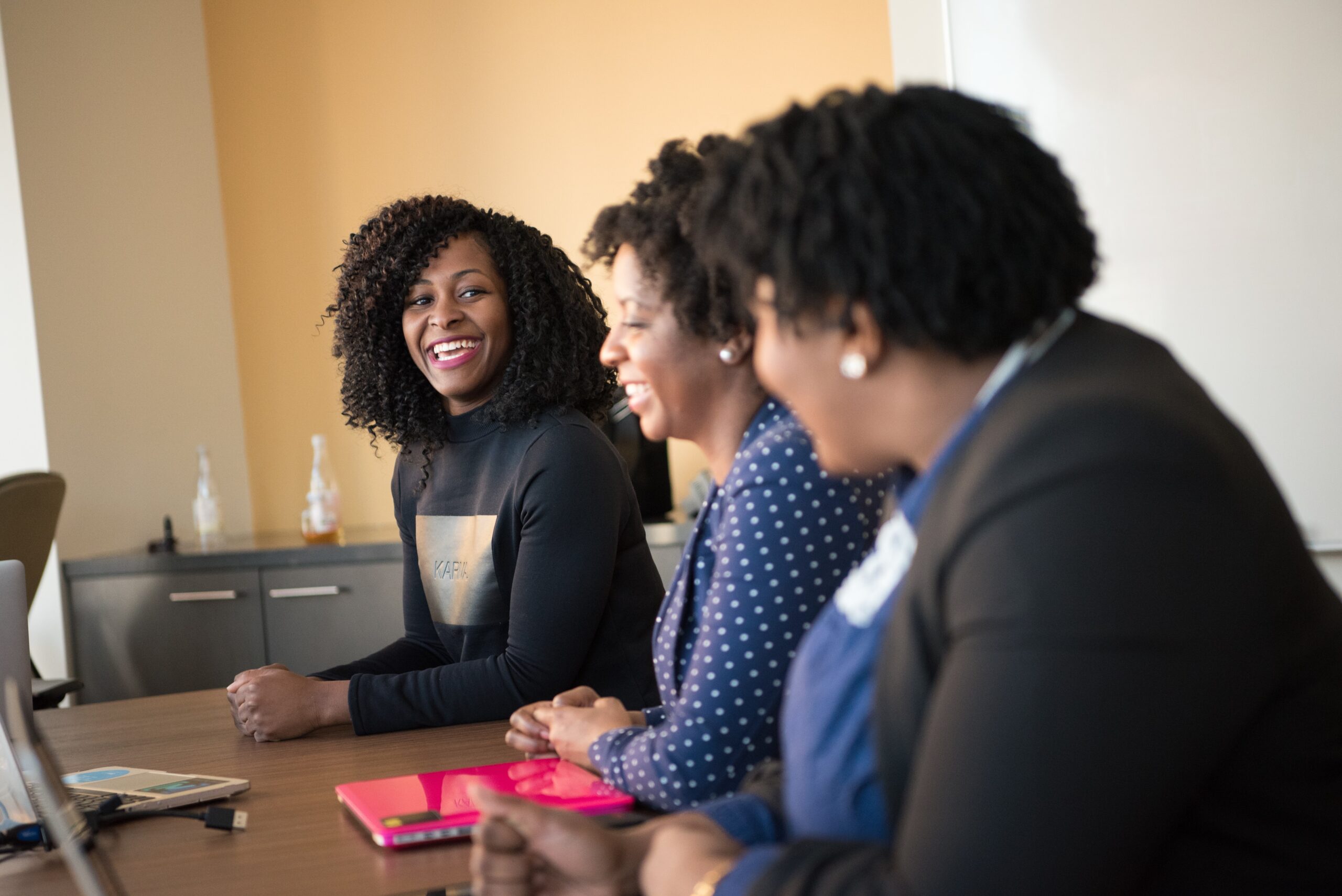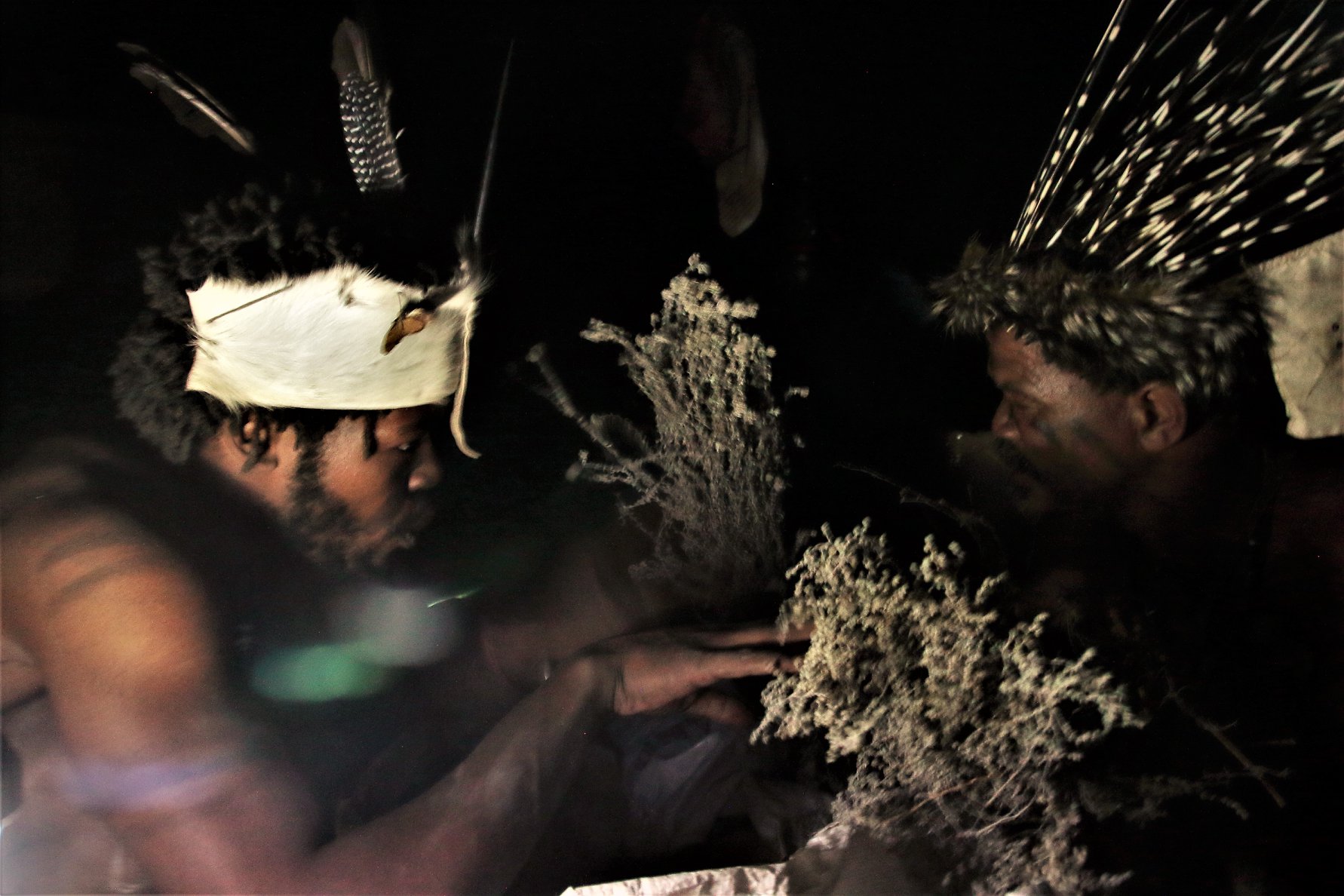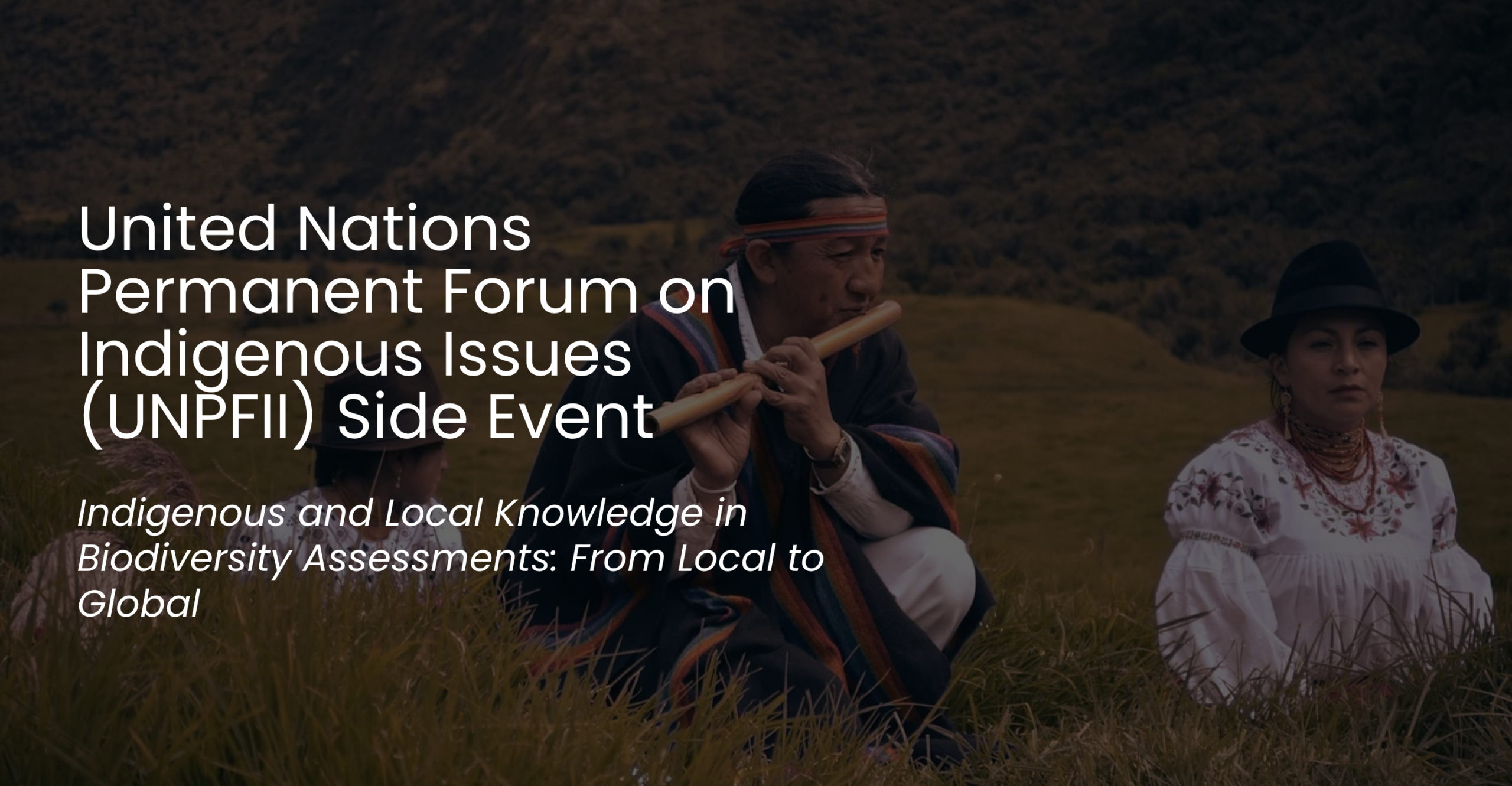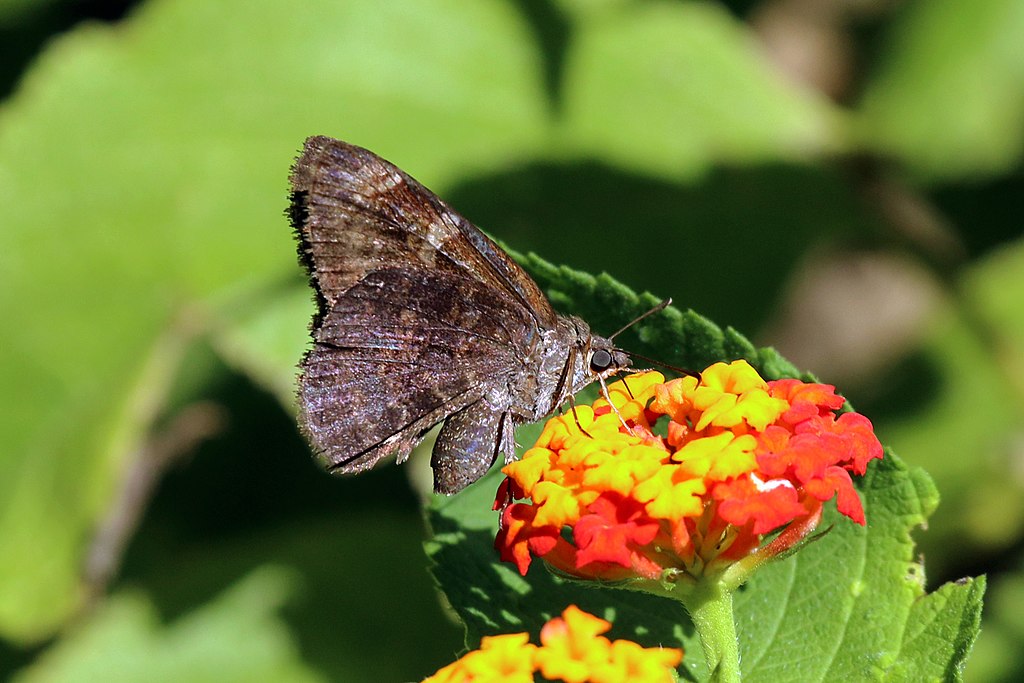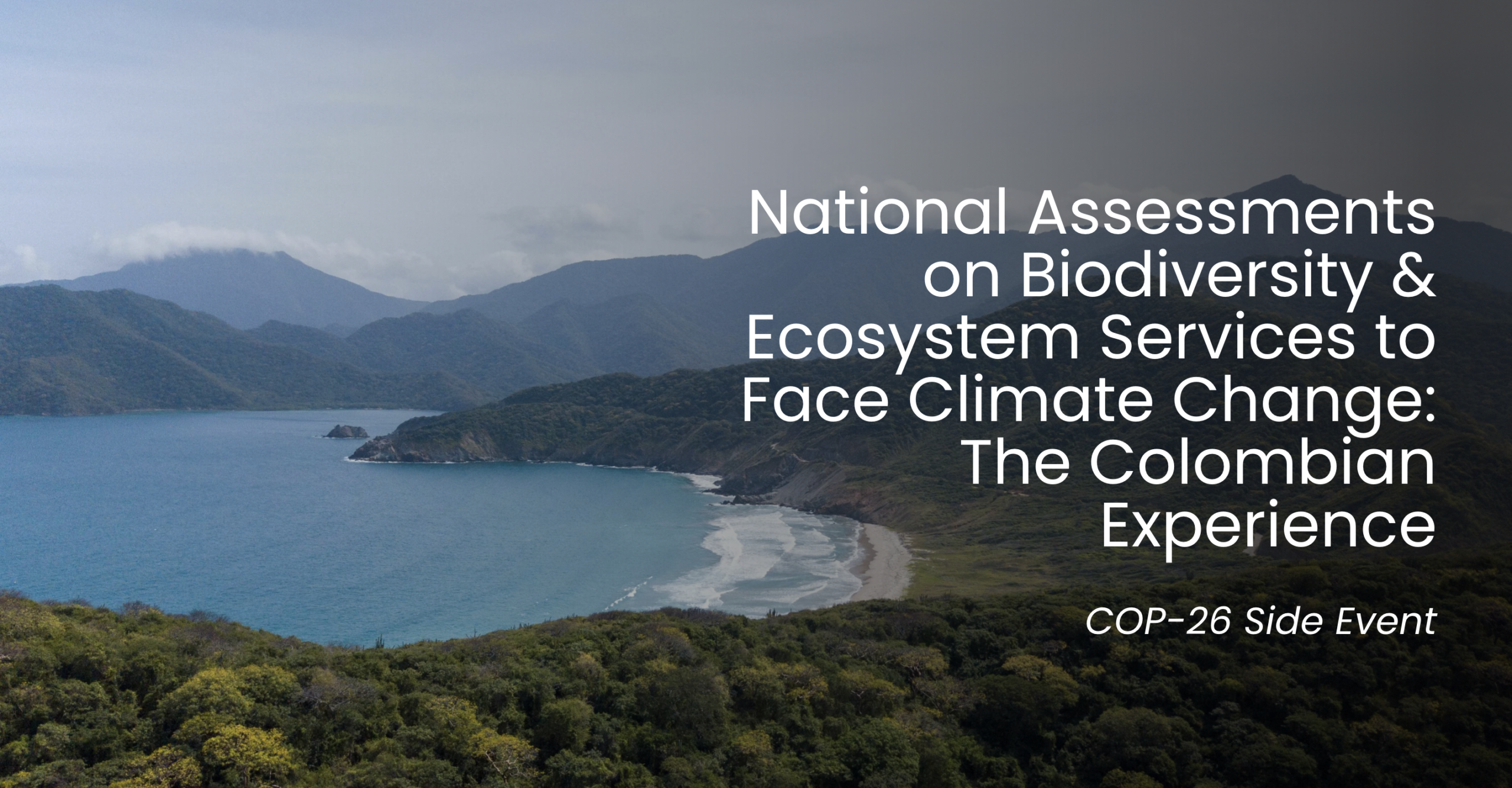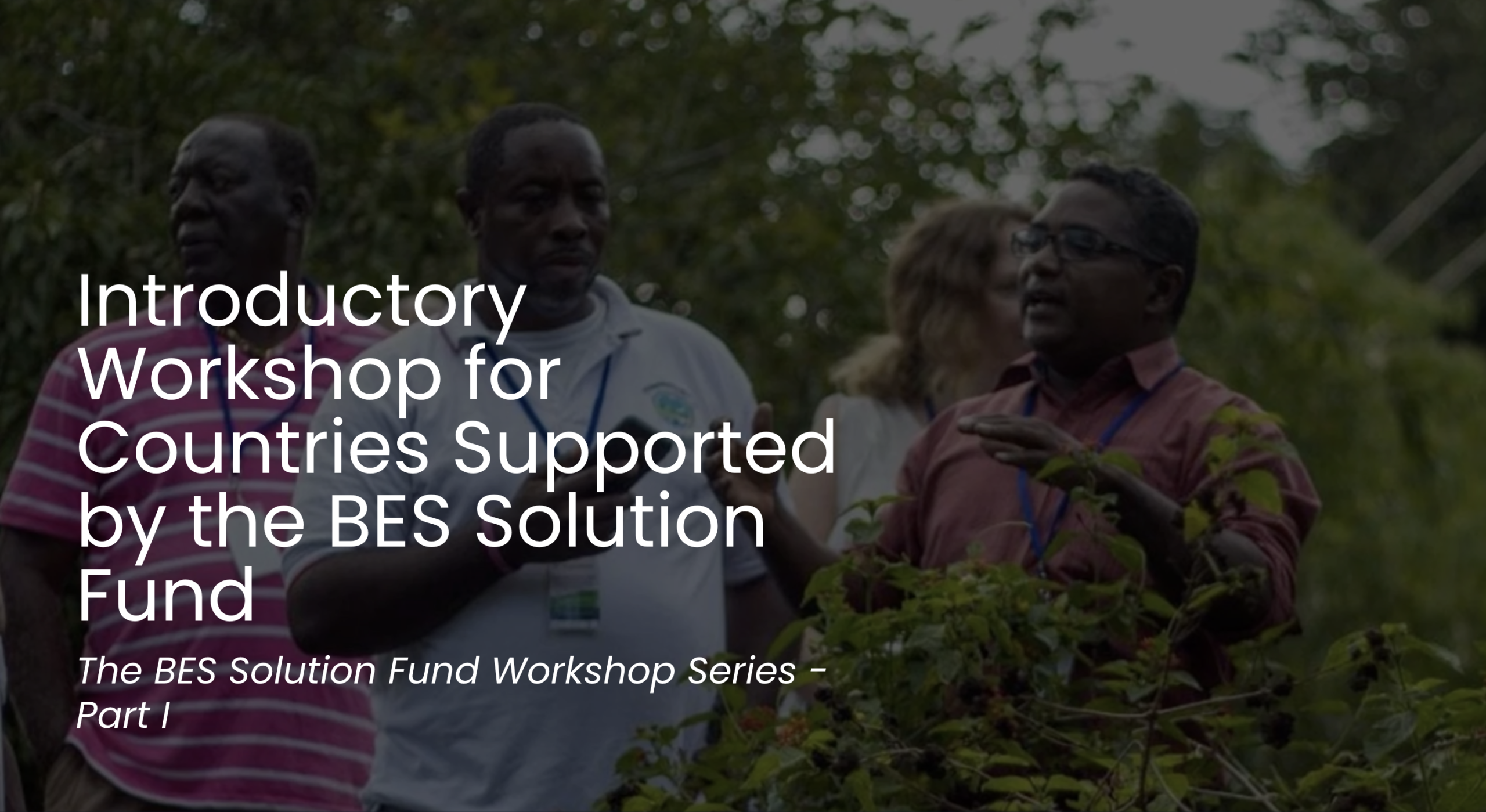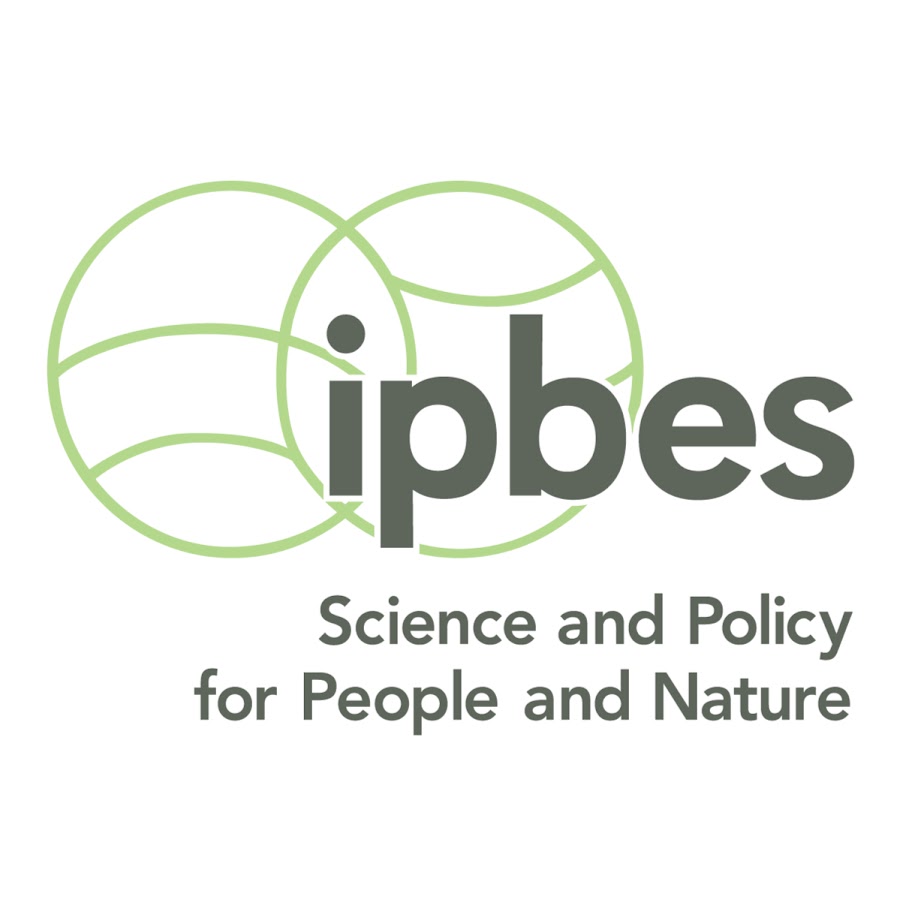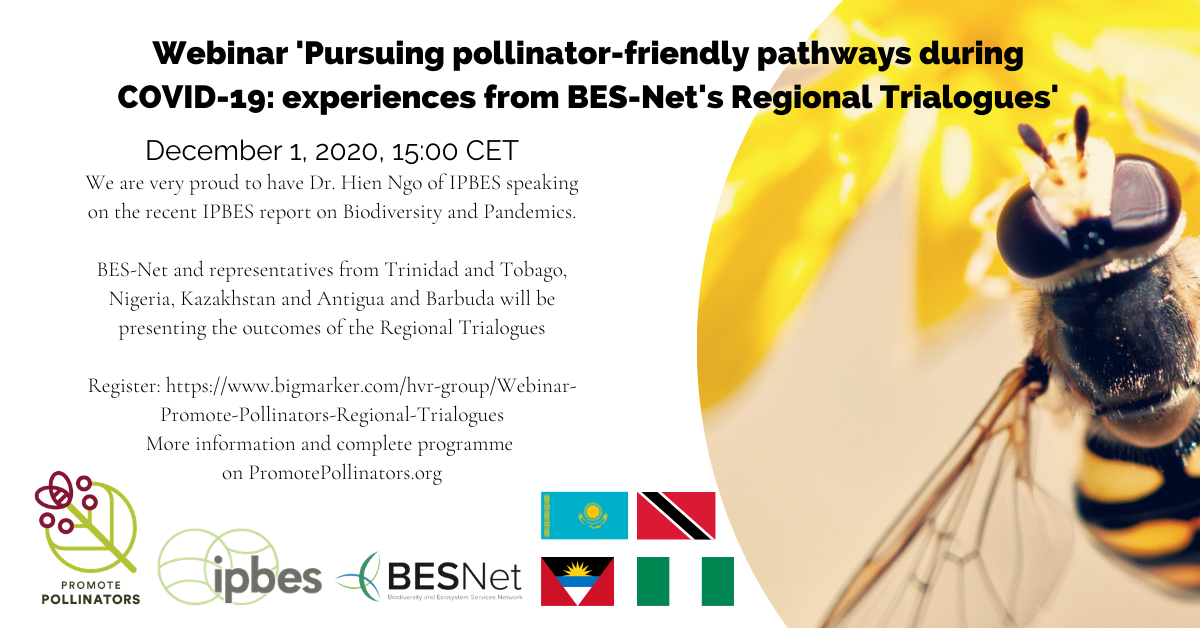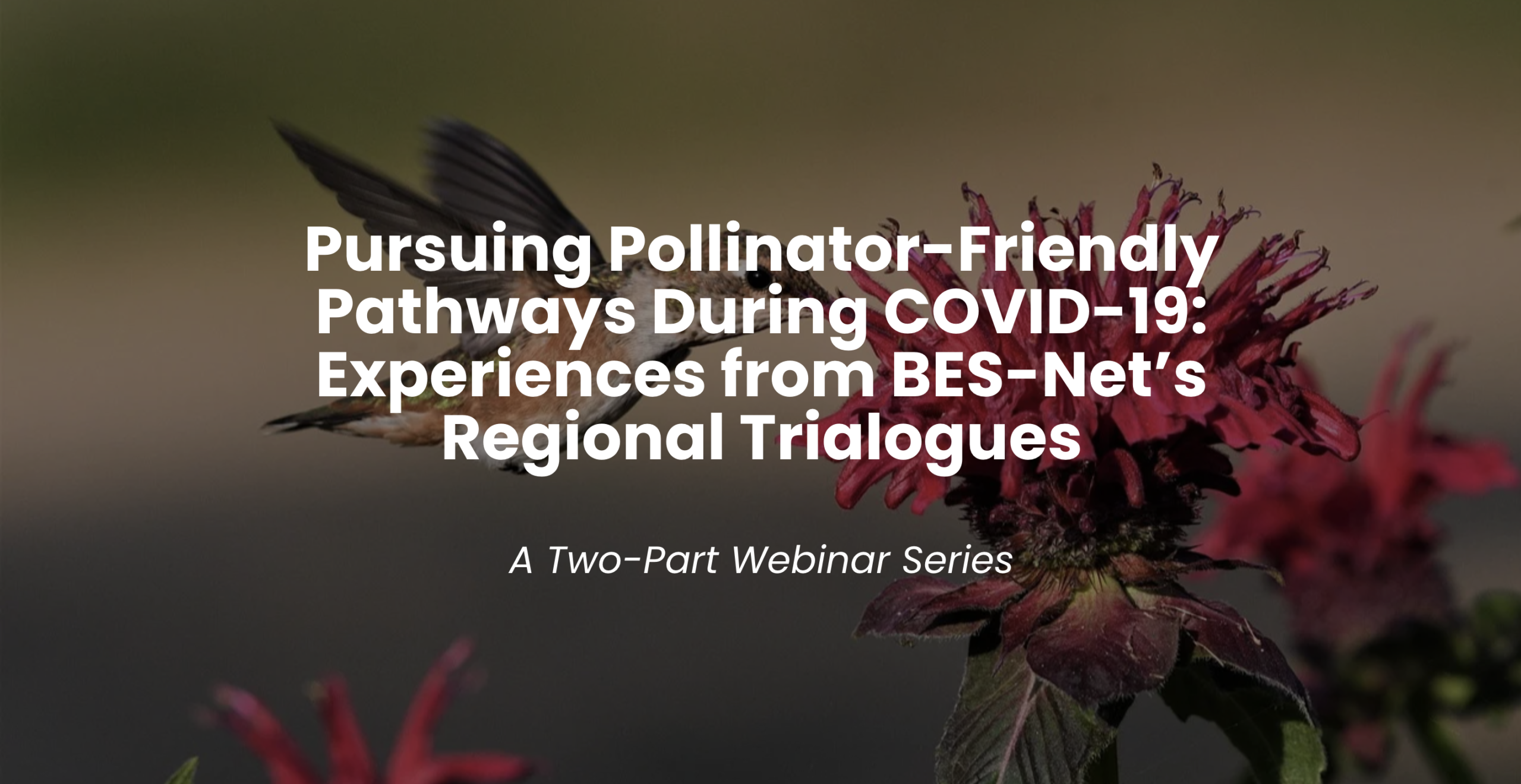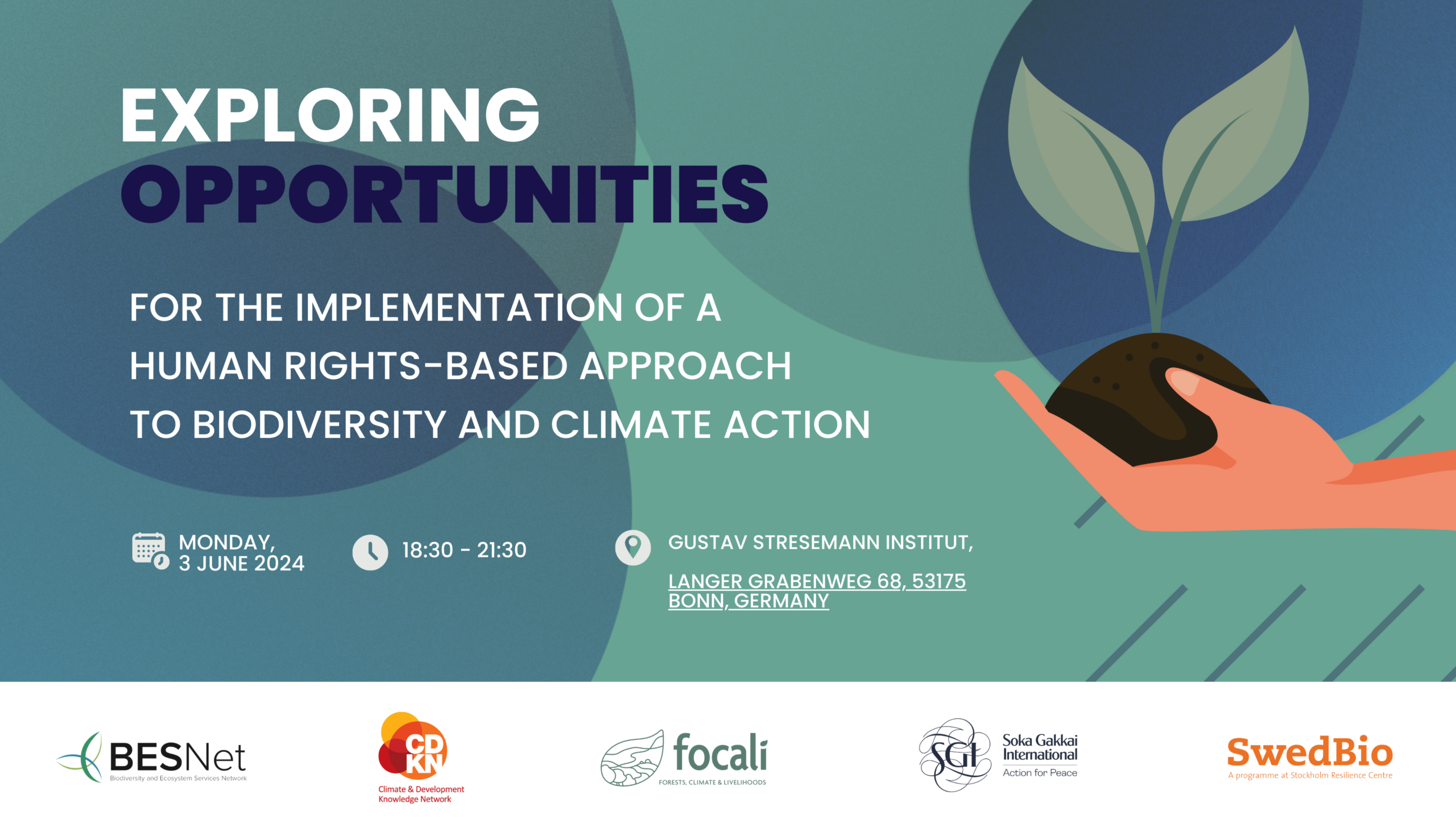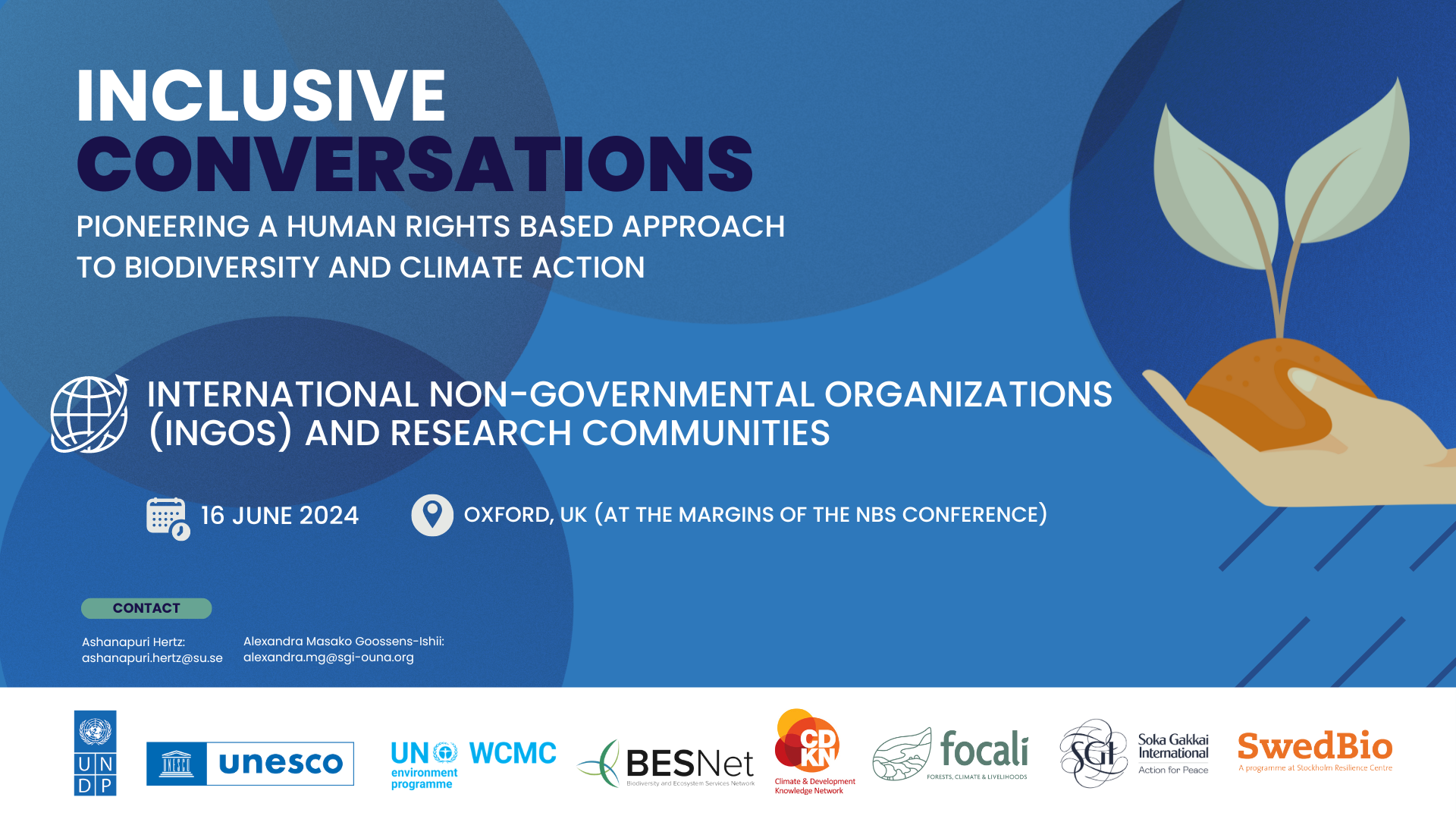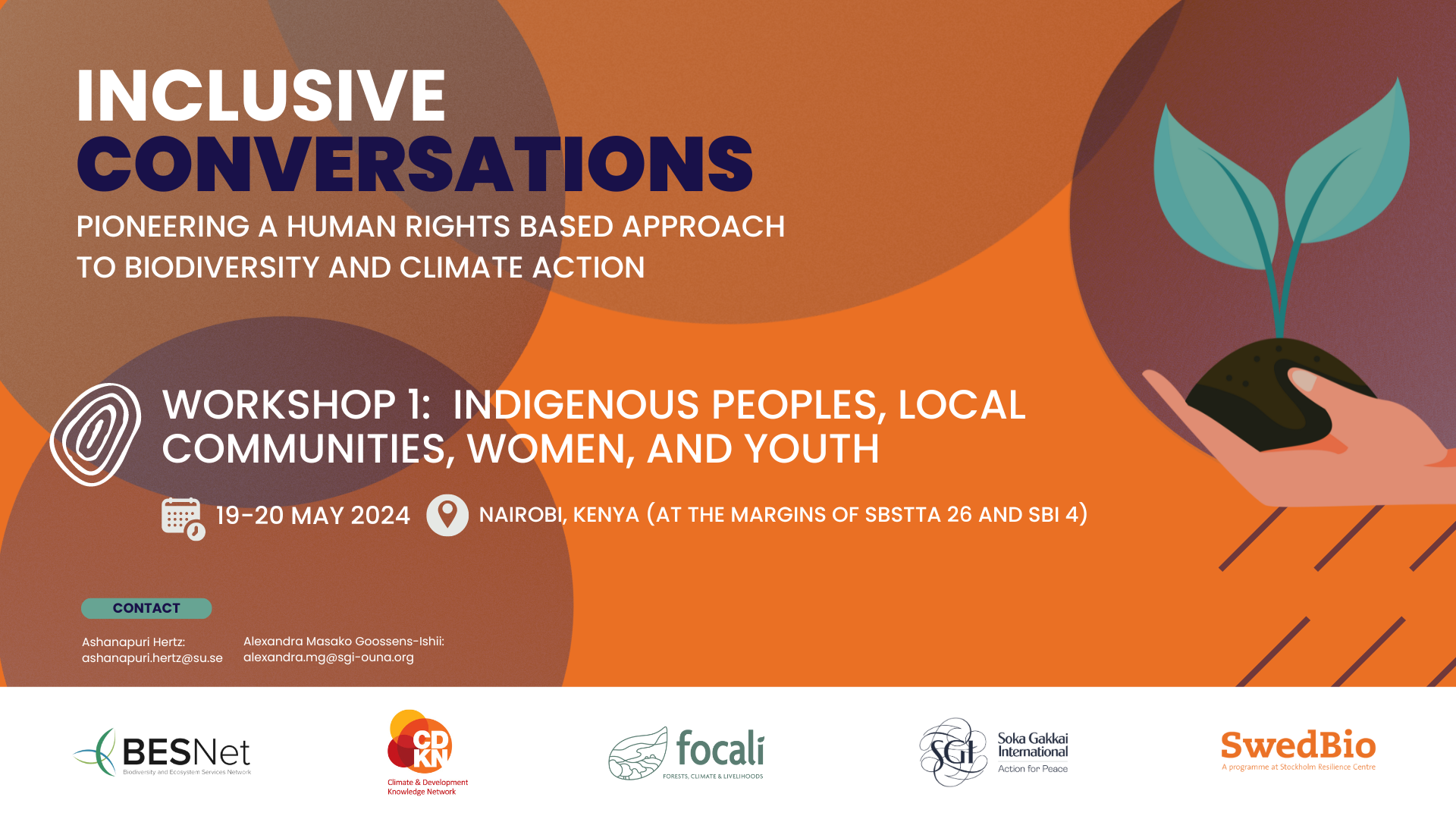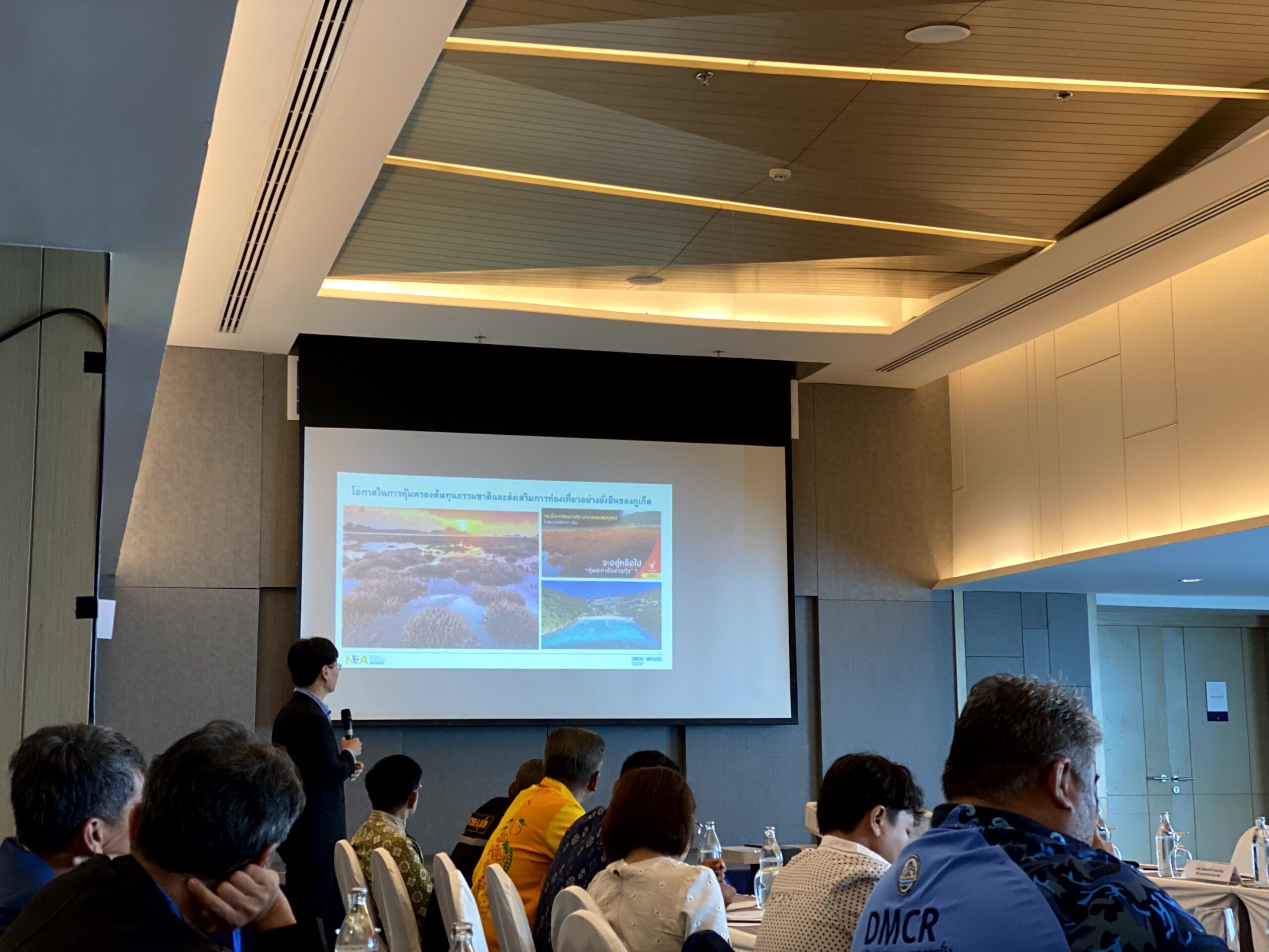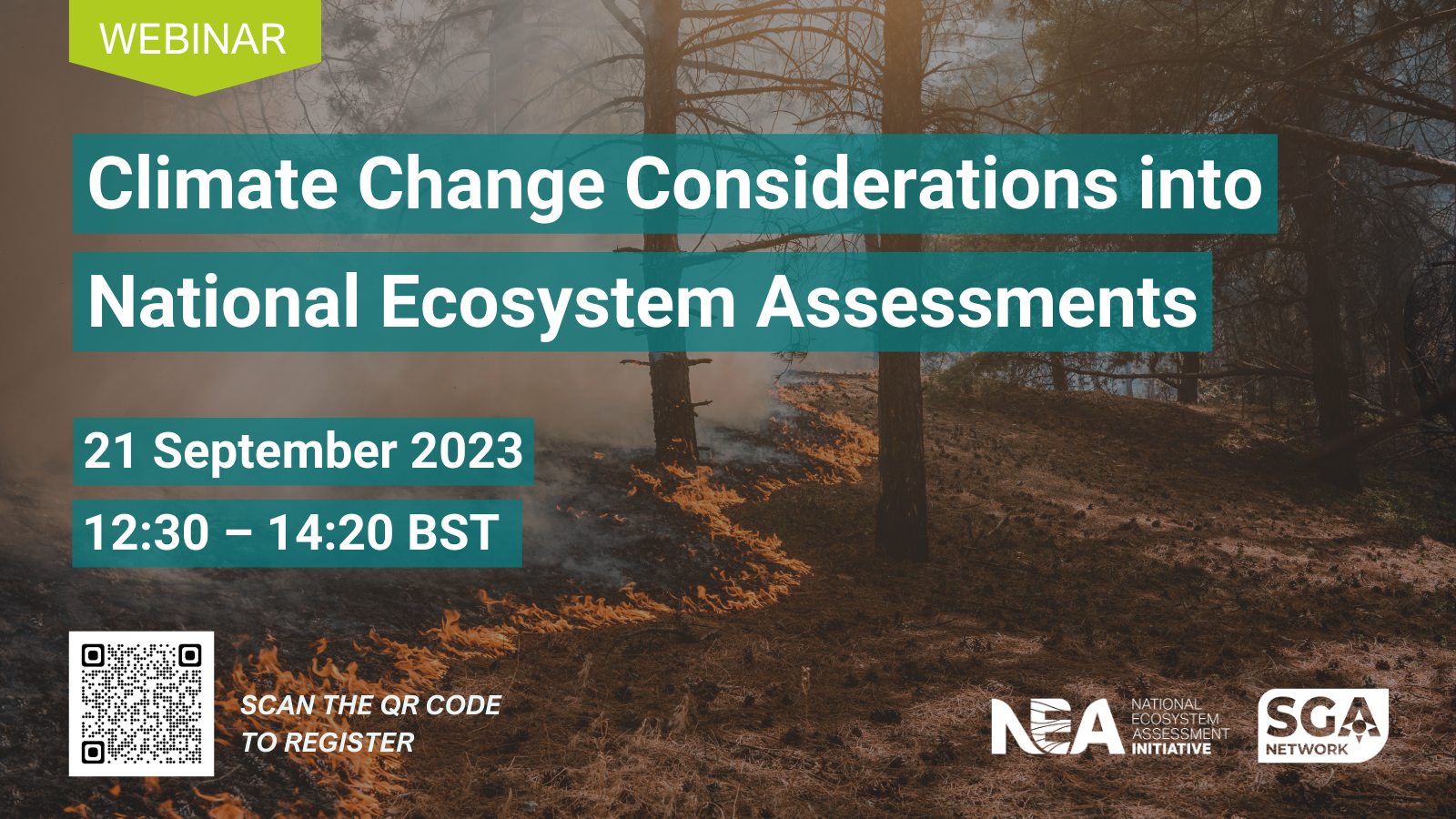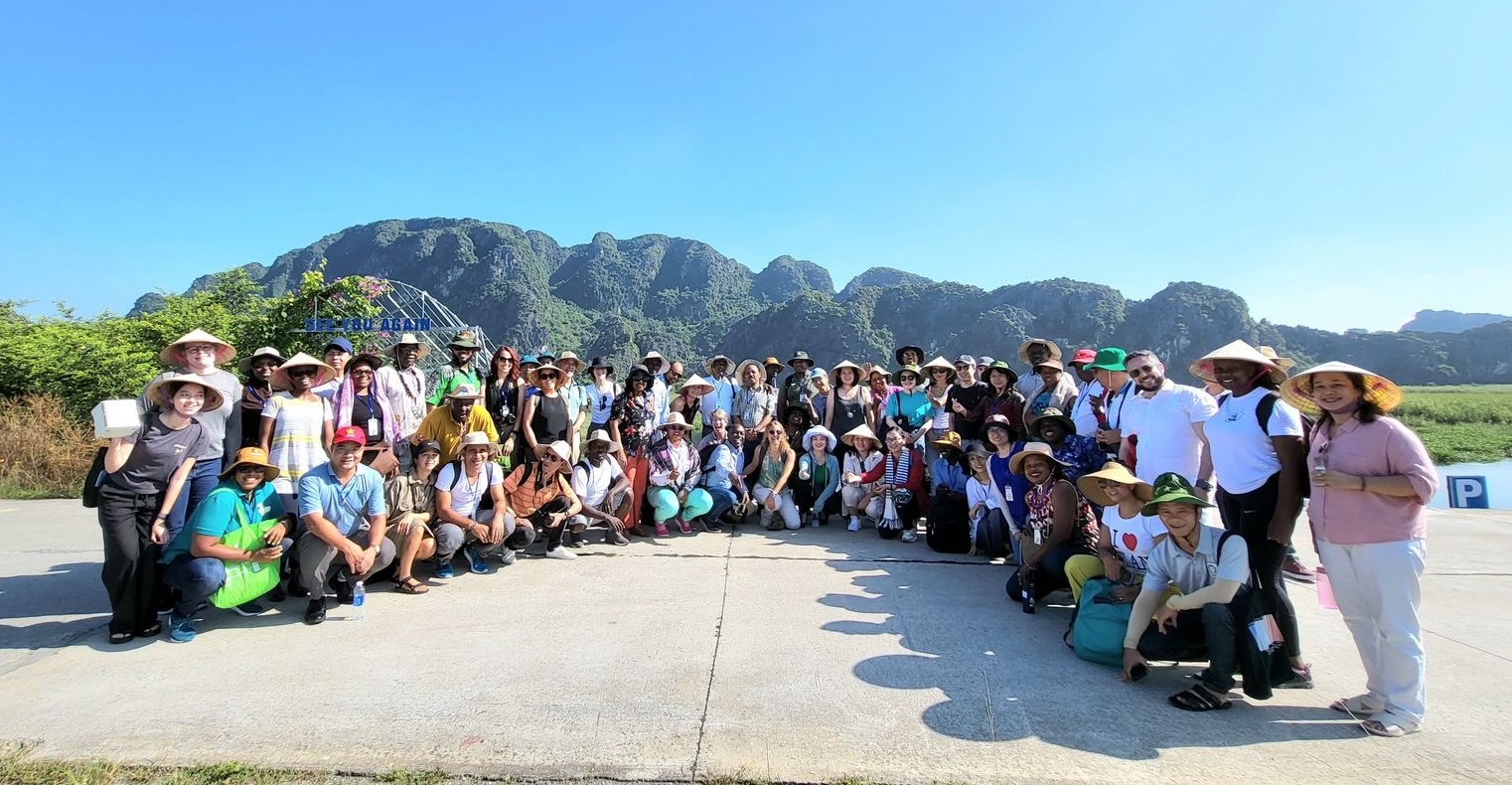Indigenous Youth and Intergenerational Wisdom: A Storytelling Event
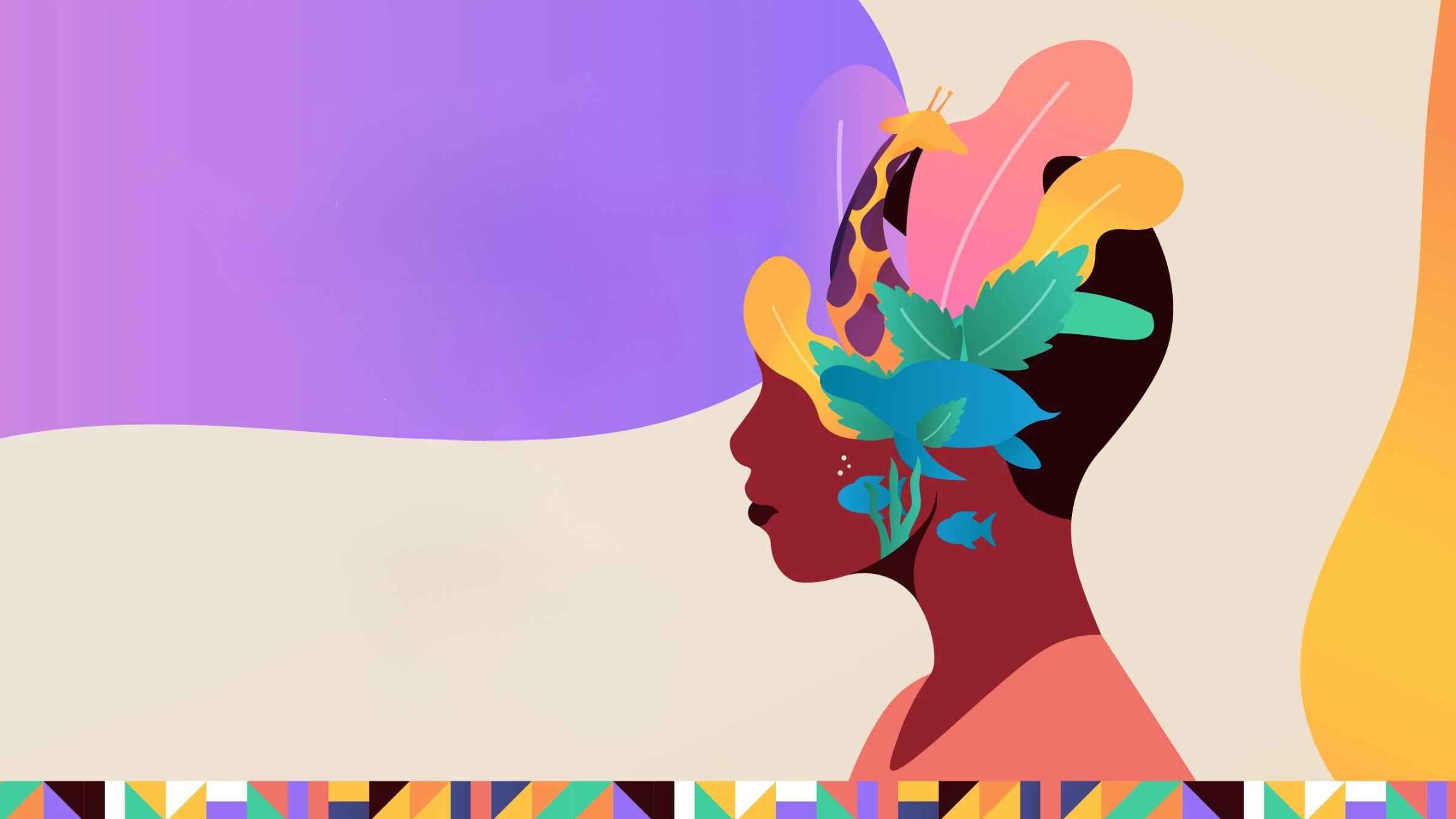
Indigenous peoples and local communities hold deep, intricate knowledge of climate, biodiversity and ecosystems that often stretches back over generations due to their sustained connection to nature through nature-based livelihoods (i.e. hunting, fishing, herding and gathering) and spirituality. Indigenous Peoples own, manage, use or occupy about 25% of the global land and approximately 35% of all remaining terrestrial areas with very low human intervention. These figures increase substantially when contributions of local communities are accounted for. Despite intensifying pressures on Indigenous territories, nature managed by Indigenous Peoples and local communities is declining less rapidly compared to other lands (IPBES, 2019). However, Indigenous and local knowledge, a key enabler for sustainable conservation, is at risk of disappearing. This loss of Indigenous and local knowledge is largely associated with communities being displaced from Indigenous territories, lack of documentation and a decline in transmission to younger generations.
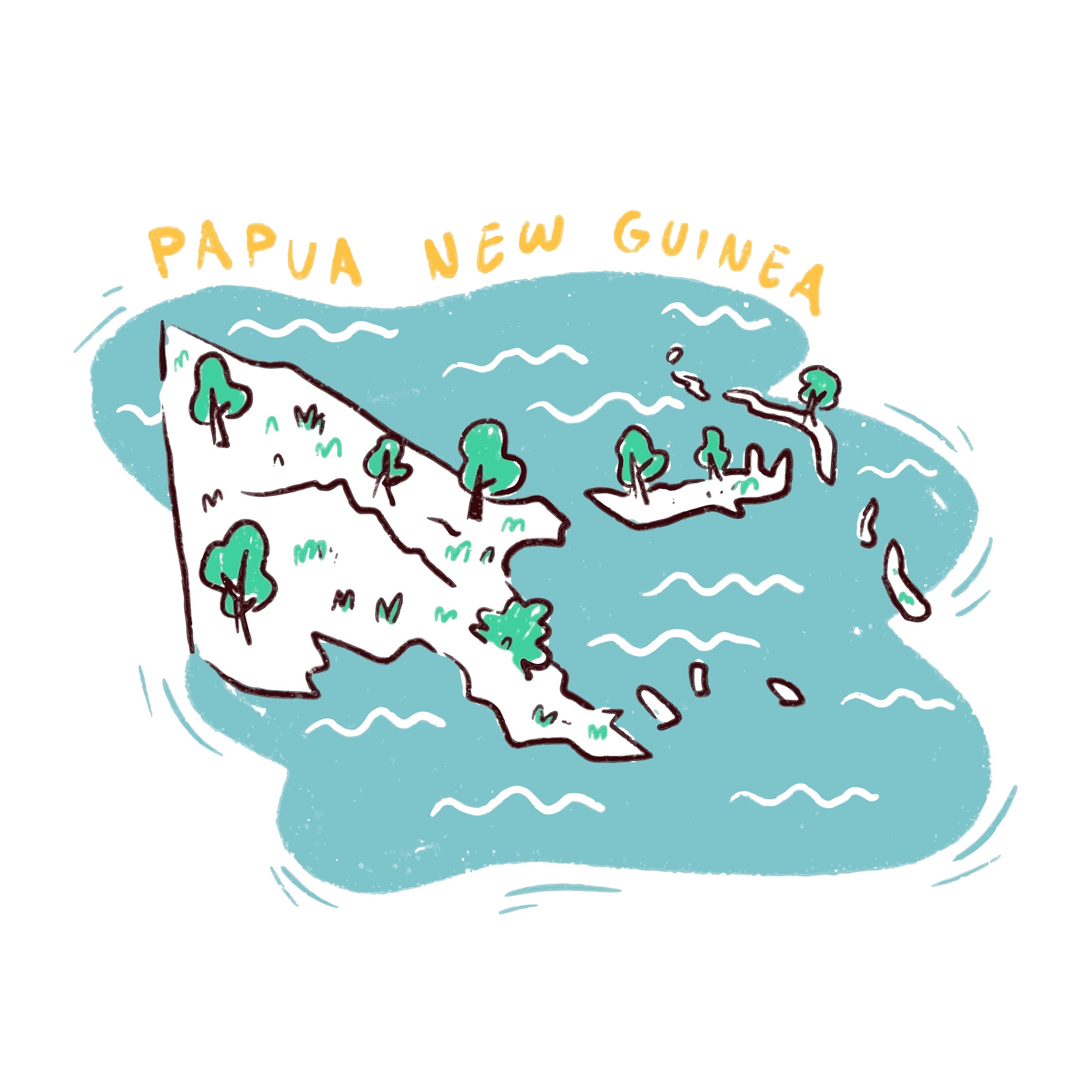
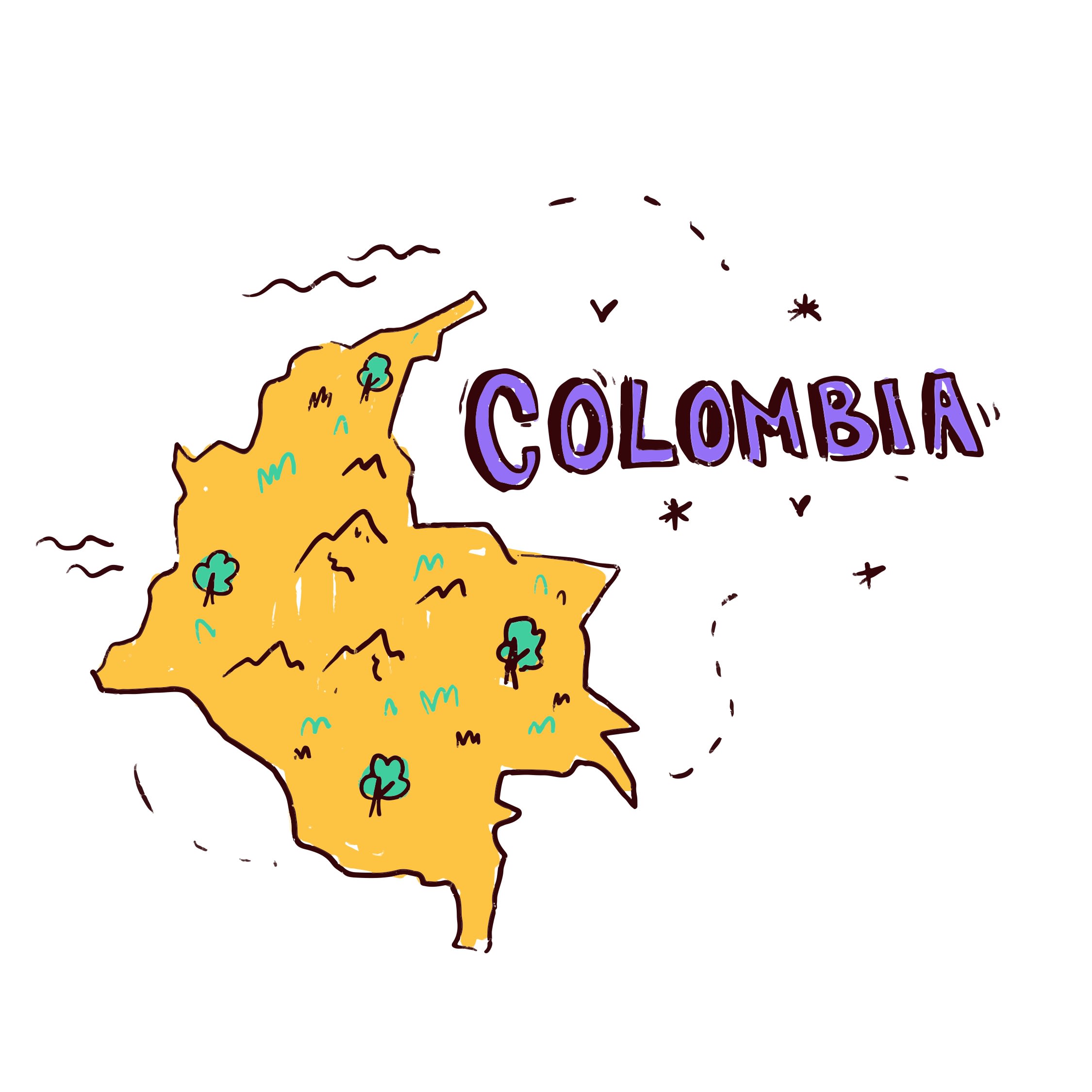
Indigenous youth act as a conduit for Indigenous and local knowledge – as custodians and vocal advocates, practising sustainable use of wild species as a key part of their identity and for their well-being. Indigenous youth today are navigating both traditional and digital spaces simultaneously. Yet, there are few avenues for their voices to be included in the dialogue and decision-making processes around nature conservation or in research and programmes.
Therefore, this event was designed to act as a platform to highlight some voices and lessons among Indigenous youth who are leading the way in adopting and amplifying solutions for the sustainable use of nature. These themes are very much in line with the thematic assessment on the Sustainable Use of Wild Species undertaken by the Intergovernmental Science-Policy Platform on Biodiversity and Ecosystem Services (IPBES), the foremost global authority working to strengthen the science-policy interface on the conservation and sustainable use of biodiversity and long-term sustainable development.
Indigenous youth act as a conduit for Indigenous and local knowledge – as custodians and vocal advocates, practising sustainable use of wild species as a key part of their identity and for their well-being. Indigenous youth today are navigating both traditional and digital spaces simultaneously. Yet, there are few avenues for their voices to be included in the dialogue and decision-making processes around nature conservation or in research and programmes.
Therefore, this event was designed to act as a platform to highlight some voices and lessons among Indigenous youth who are leading the way in adopting and amplifying solutions for the sustainable use of nature. These themes are very much in line with the thematic assessment on the Sustainable Use of Wild Species undertaken by the Intergovernmental Science-Policy Platform on Biodiversity and Ecosystem Services (IPBES), the foremost global authority working to strengthen the science-policy interface on the conservation and sustainable use of biodiversity and long-term sustainable development.

Overview and Objectives
The event provided a platform to bring together Indigenous and local youth to share knowledge and discuss experiences and solutions on the sustainable use of wild species in biodiversity conservation and ecosystem restoration.
The event highlighted how youth could be drivers of change and inspire tangible solutions to sustainably using wild species, including the ways in which they document and preserve their peoples' and communities' Indigenous and local knowledge.
With Indigenous youth often under-represented stakeholders, this event also offered a learning opportunity for BES-Net’s key countries and other regional and sub-regional partners (involved in BES-Net’s Trialogues and/or receiving the BES Solution Fund) to hear deep-rooted perspectives, expertise and experience in sustainable use.
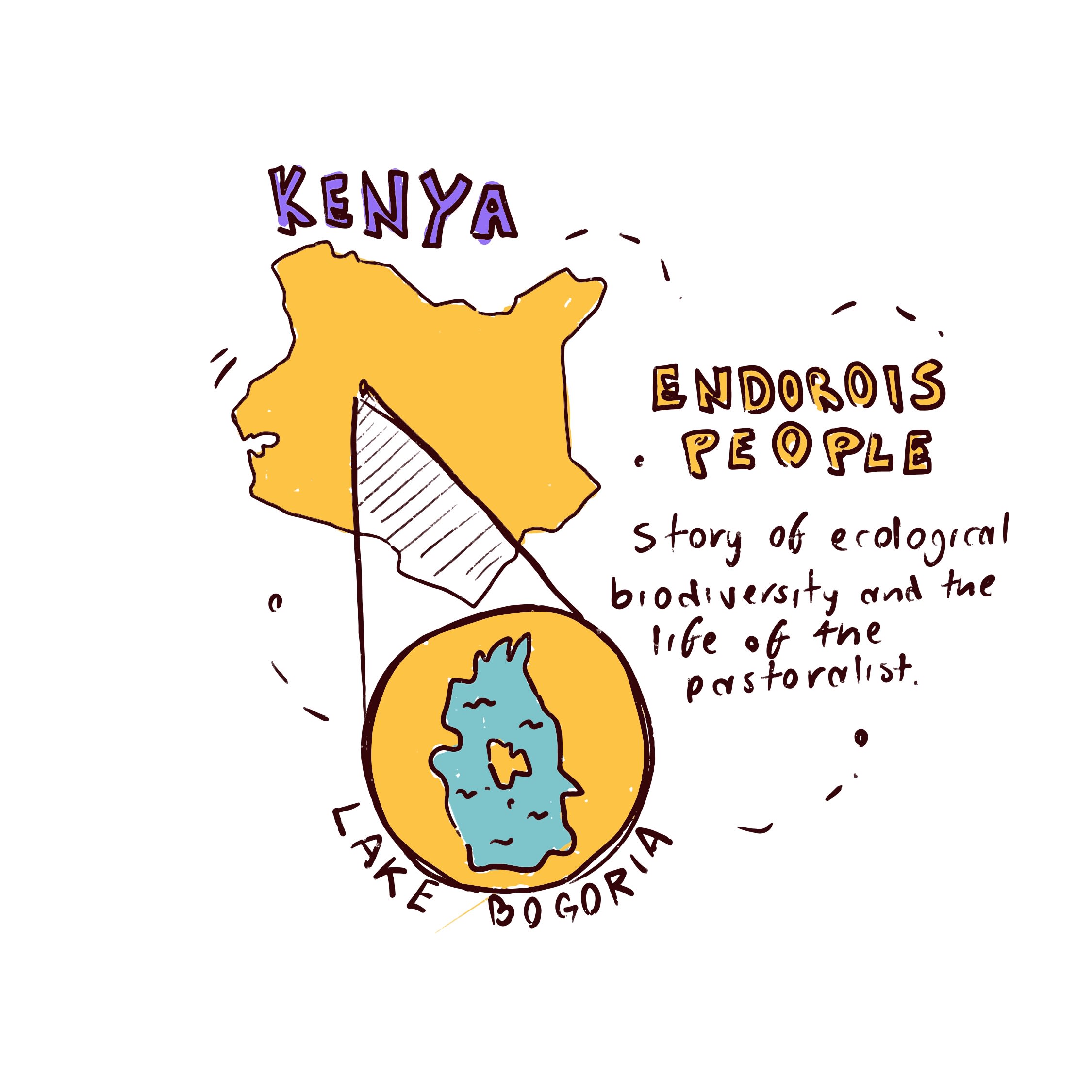
Overview and Objectives
The event provided a platform to bring together Indigenous and local youth to share knowledge and discuss experiences and solutions on the sustainable use of wild species in biodiversity conservation and ecosystem restoration.
The event highlighted how youth could be drivers of change and inspire tangible solutions to sustainably using wild species, including the ways in which they document and preserve their peoples' and communities' Indigenous and local knowledge.
With Indigenous youth often under-represented stakeholders, this event also offered a learning opportunity for BES-Net’s key countries and other regional and sub-regional partners (involved in BES-Net’s Trialogues and/or receiving the BES Solution Fund) to hear deep-rooted perspectives, expertise and experience in sustainable use.
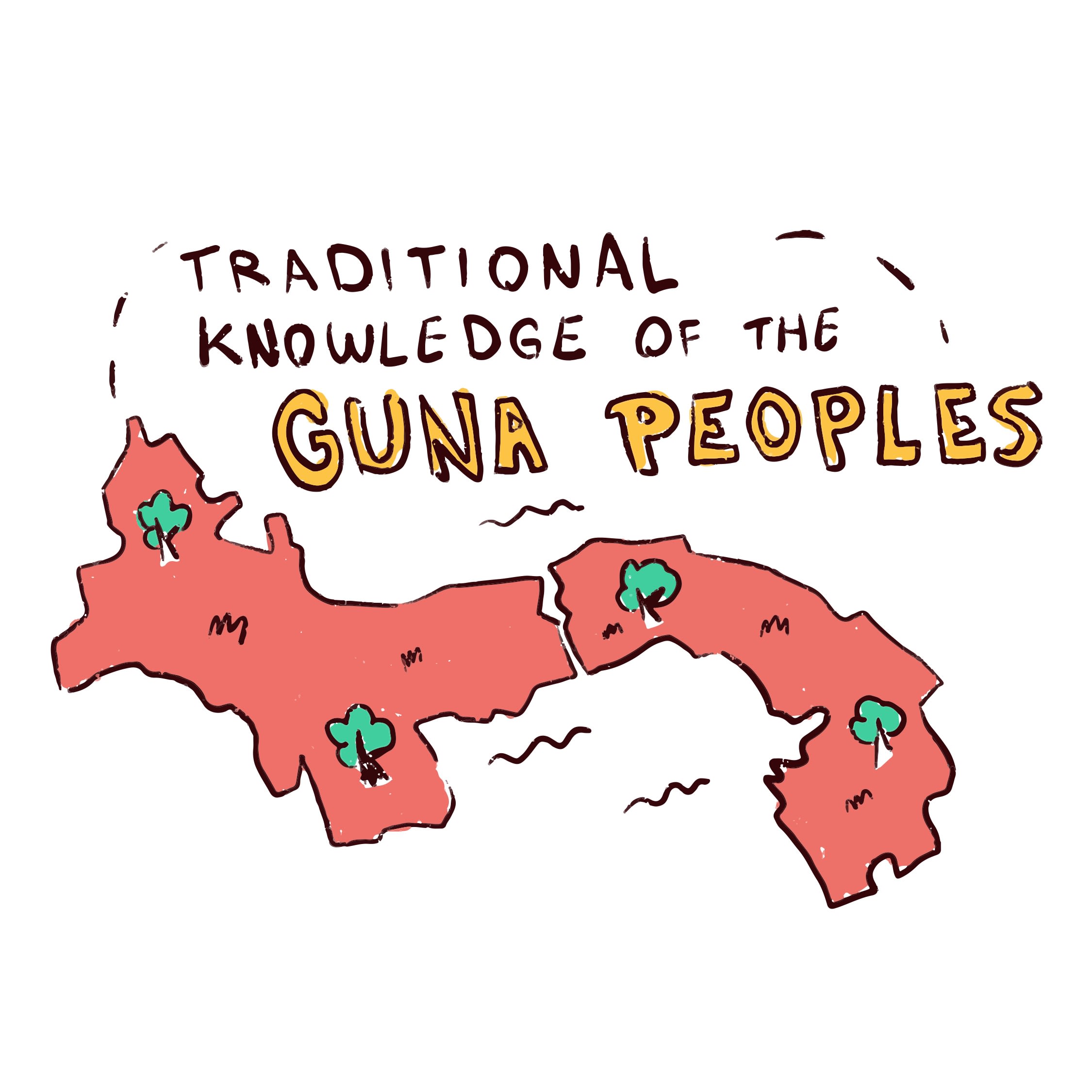
This event was held virtually through Zoom, in a TED-style/storytelling format, and started with an opening prayer by an Indigenous elder. The scene was set by a moderator (also a youth activist/champion). Five different Indigenous/local youth champions from four continents/countries were invited to share their “story”, testimonial or reason behind their belief in the importance of biodiversity in a semi-formal style similar to a fireside circle. Speakers were given 10-minute slots and guided to share their stories in a relaxed, intimate way using minimal visual aids, leading each of their interventions to three main takeaways about capturing Indigenous and local knowledge in biodiversity and ecosystem conservation.
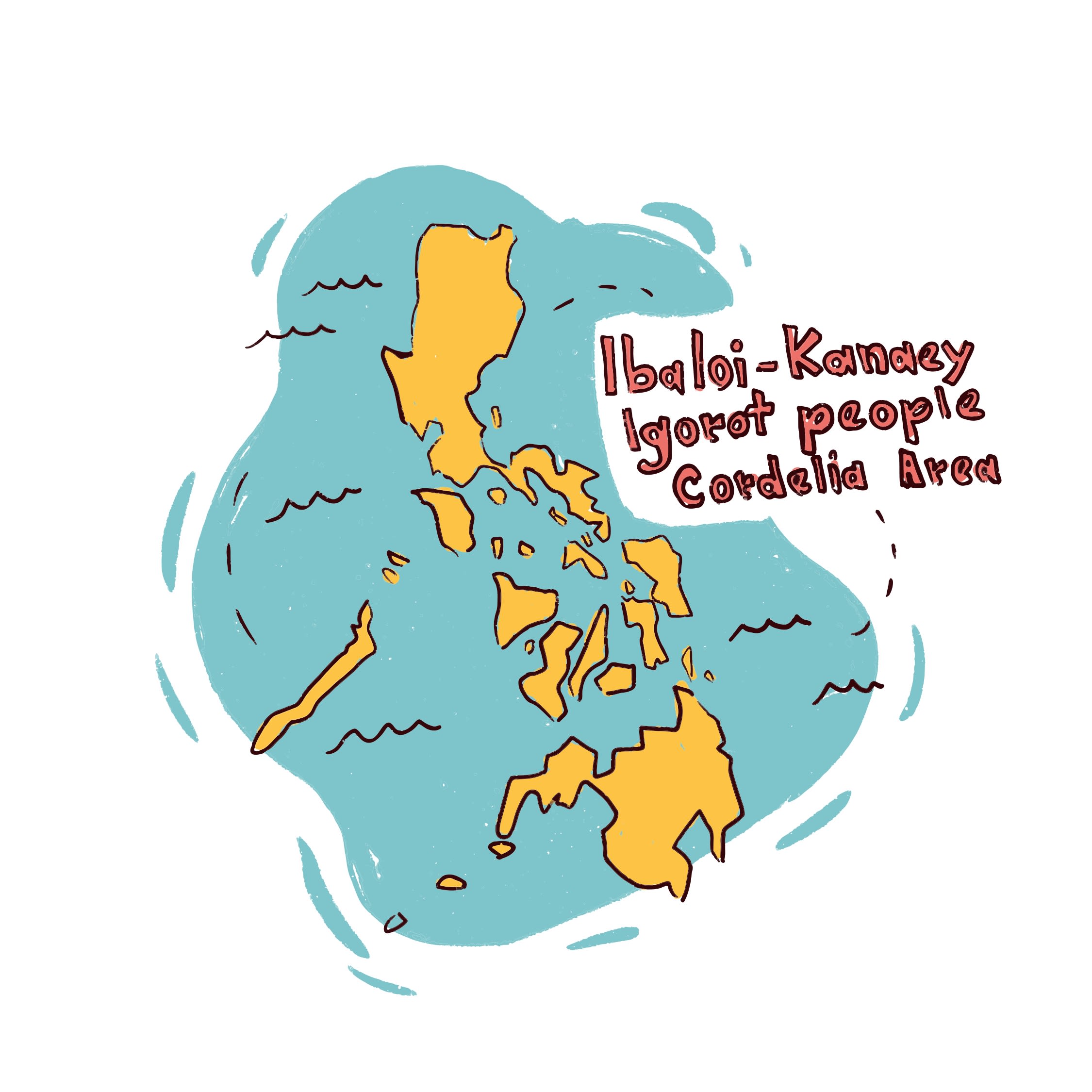


This event was held virtually through Zoom, in a TED-style/storytelling format, and started with an opening prayer by an Indigenous elder. The scene was set by a moderator (also a youth activist/champion). Five different Indigenous/local youth champions from four continents/countries were invited to share their “story”, testimonial or reason behind their belief in the importance of biodiversity in a semi-formal style similar to a fireside circle. Speakers were given 10-minute slots and guided to share their stories in a relaxed, intimate way using minimal visual aids, leading each of their interventions to three main takeaways about capturing Indigenous and local knowledge in biodiversity and ecosystem conservation.
In between the speakers’ stories, the moderator shared art/video/photos as part of a two-minute “Art Corner” that highlighted ways in which ways Indigenous and local youth are documenting and engaging with ancestral knowledge (i.e. photography and video) and provided a reflection on the diverse ways Indigenous peoples and local communities value and manage nature. The individual stories were followed by a Q&A in a panel discussion format led by the moderator. To close the session, an elder, who's an Indigenous knowledge holder, was invited to provide reflections on the discussions of the day.
In between the speakers’ stories, the moderator shared art/video/photos as part of a two-minute “Art Corner” that highlighted ways in which ways Indigenous and local youth are documenting and engaging with ancestral knowledge (i.e. photography and video) and provided a reflection on the diverse ways Indigenous peoples and local communities value and manage nature. The individual stories were followed by a Q&A in a panel discussion format led by the moderator. To close the session, an elder, who's an Indigenous knowledge holder, was invited to provide reflections on the discussions of the day.
Meet the Storytellers
